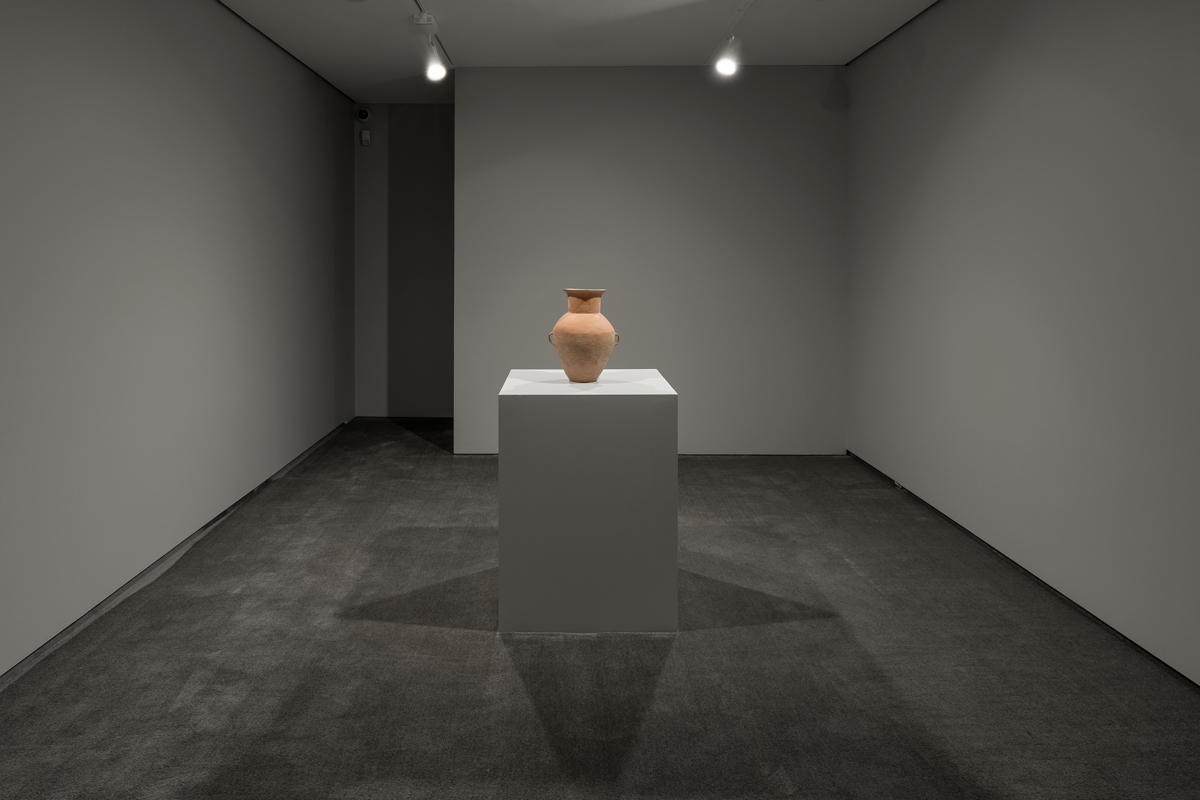


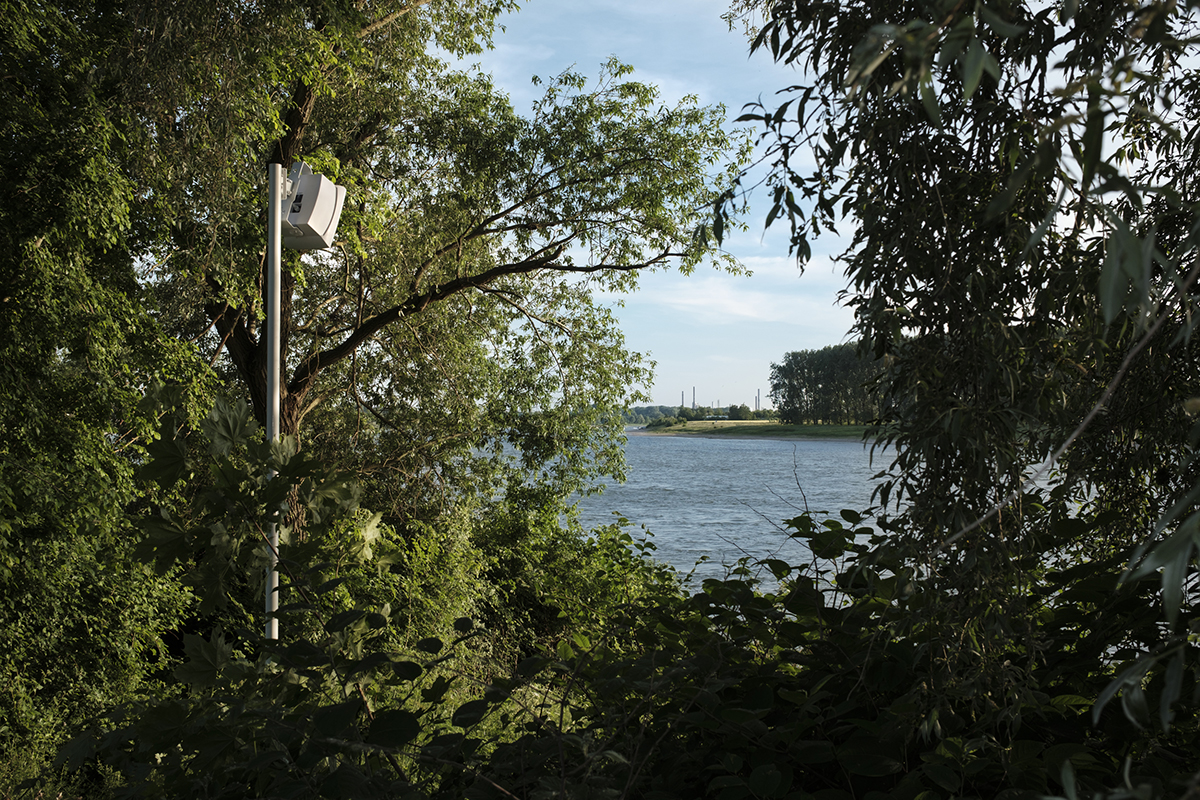



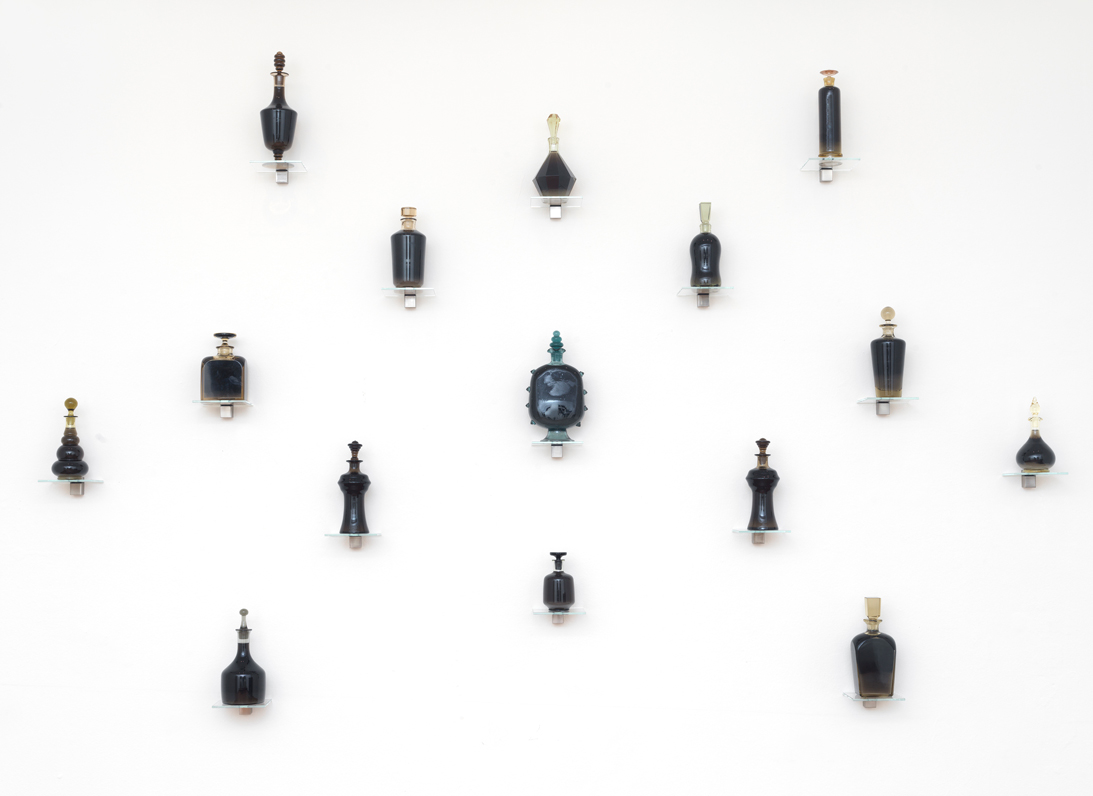


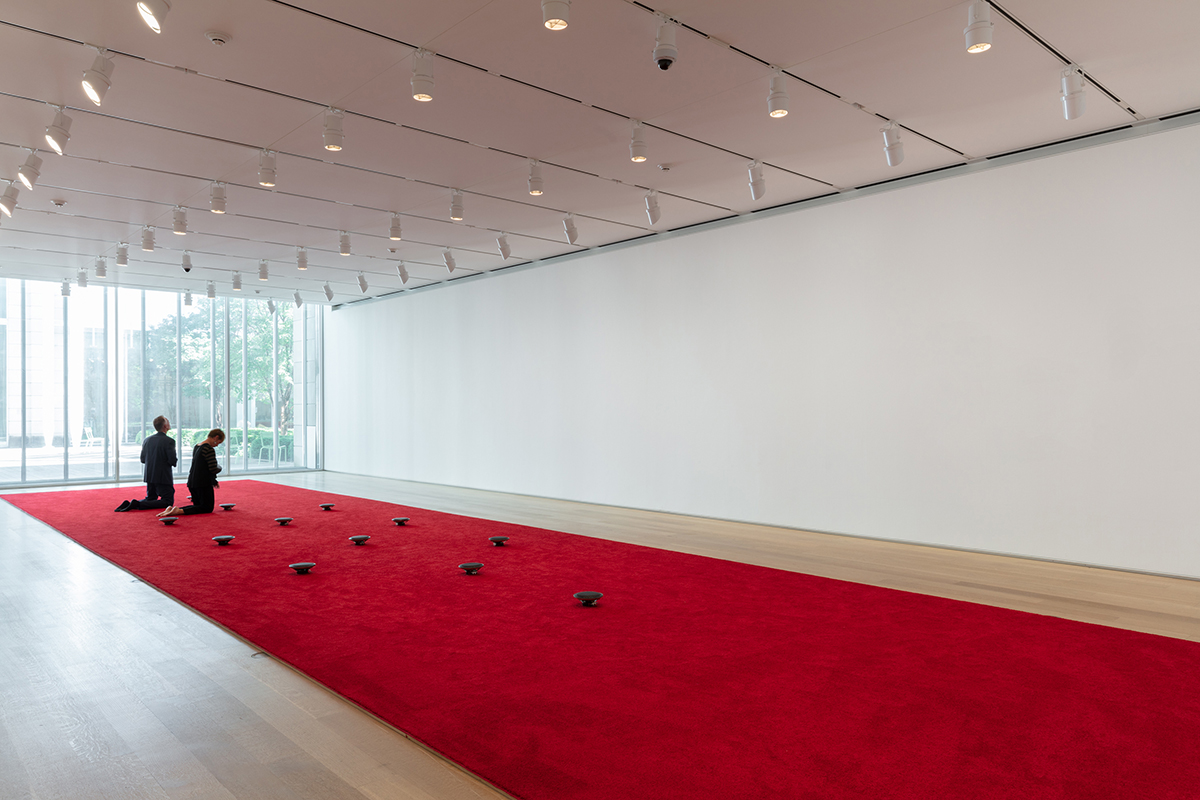
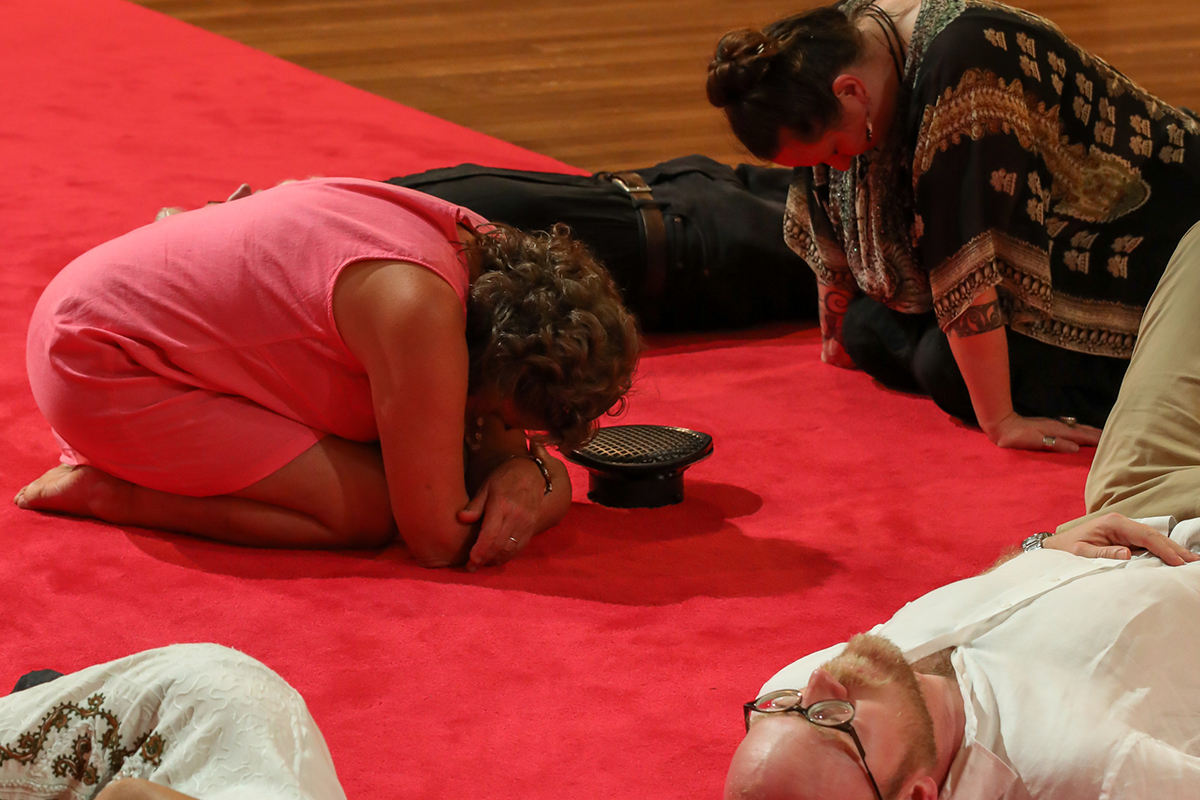


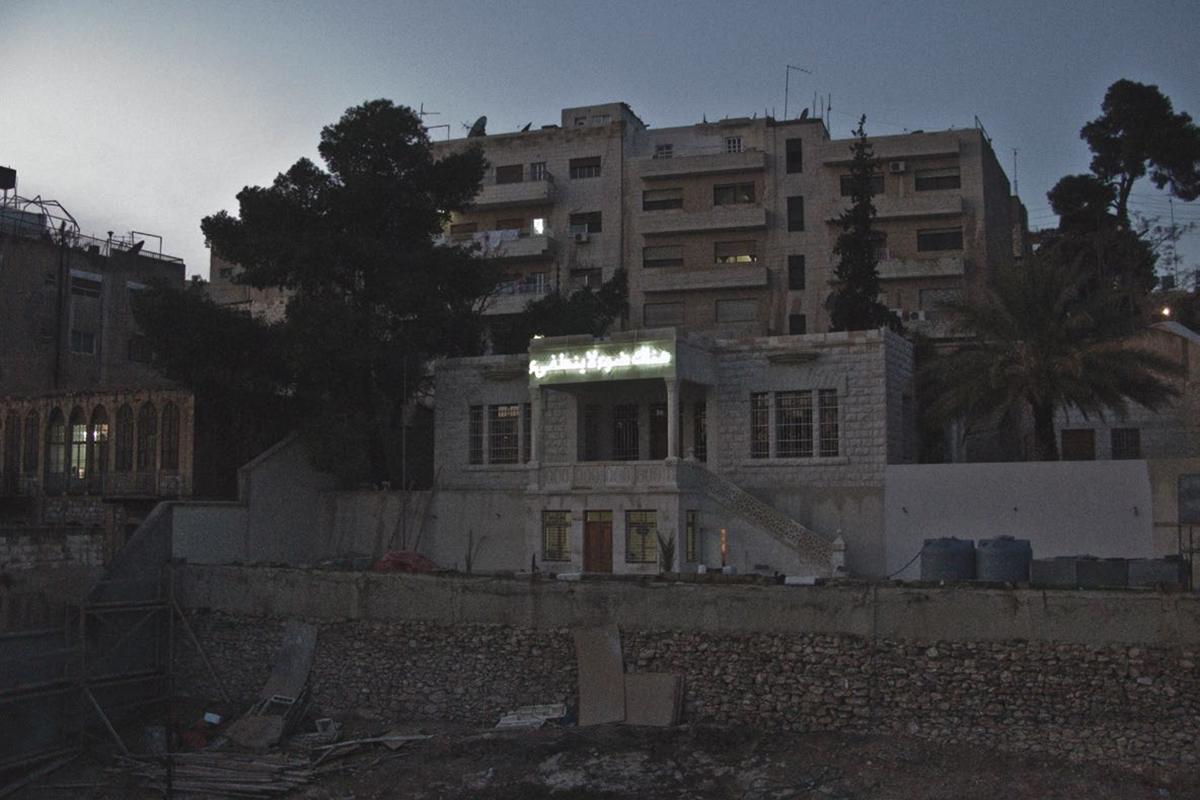
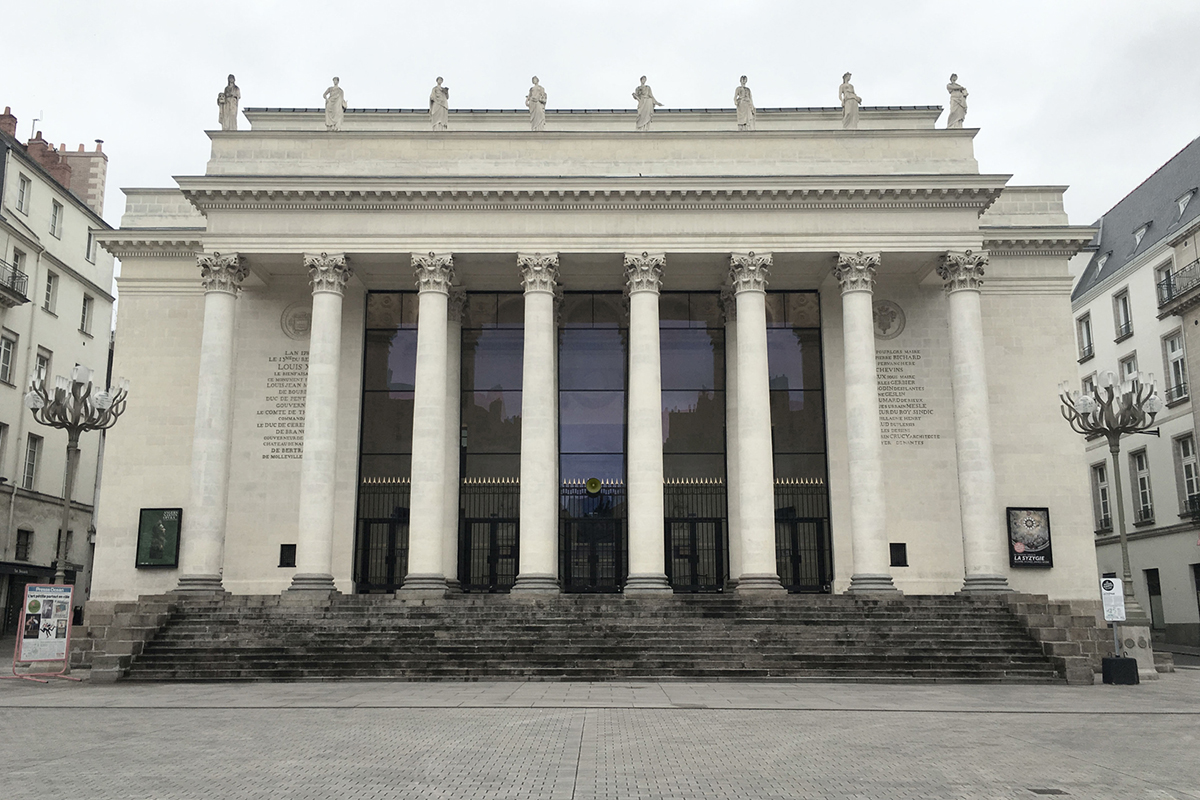
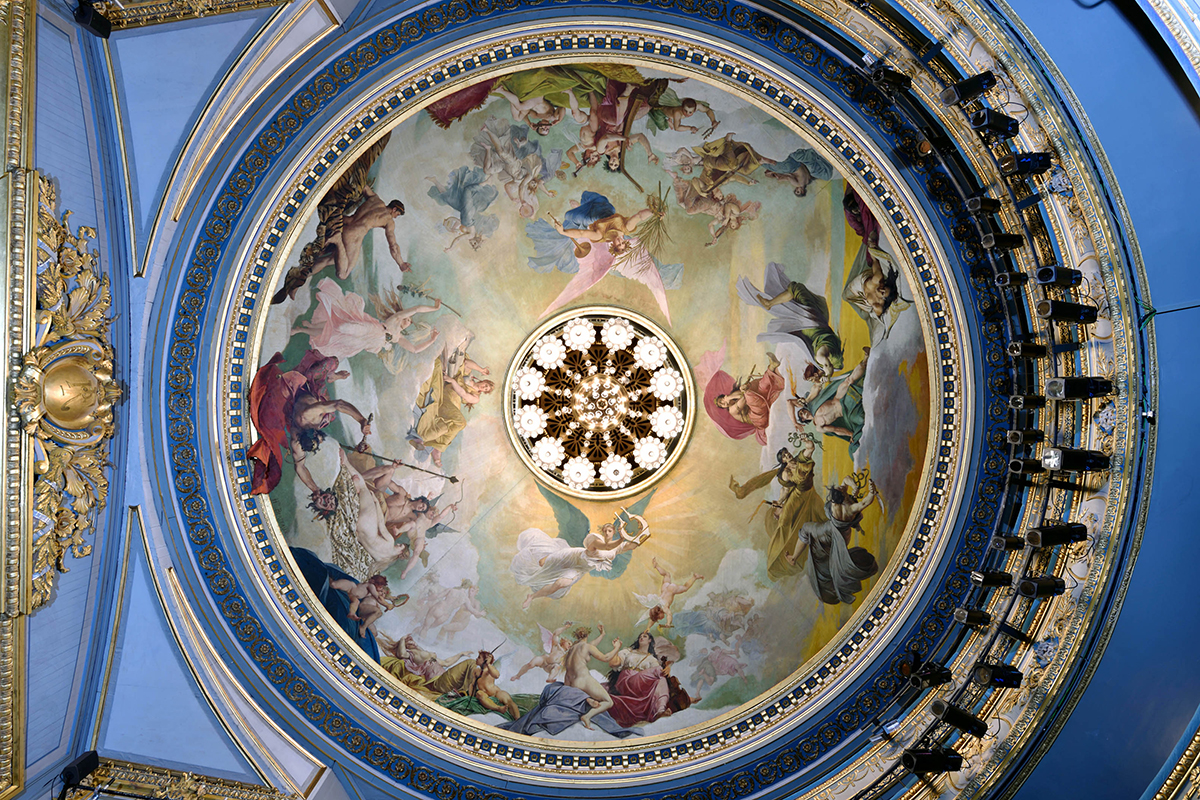
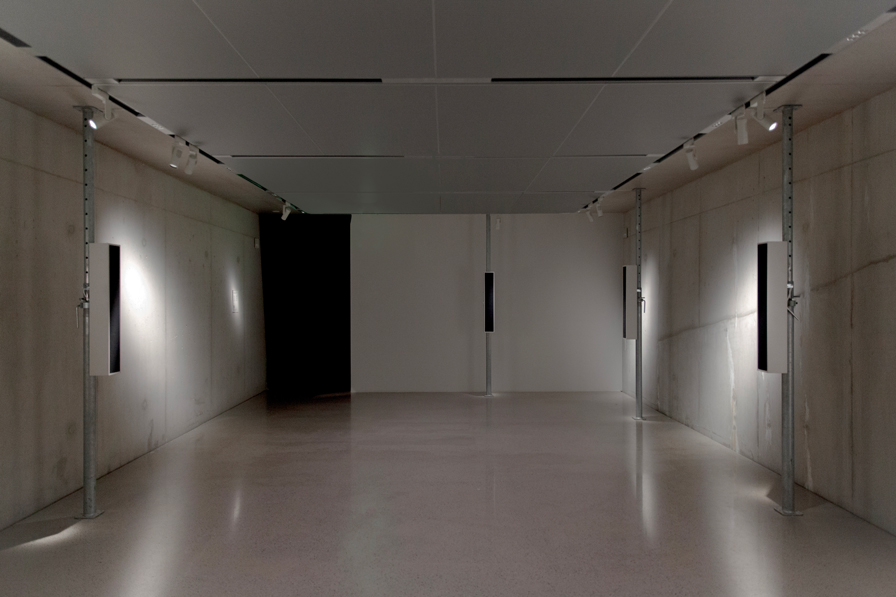





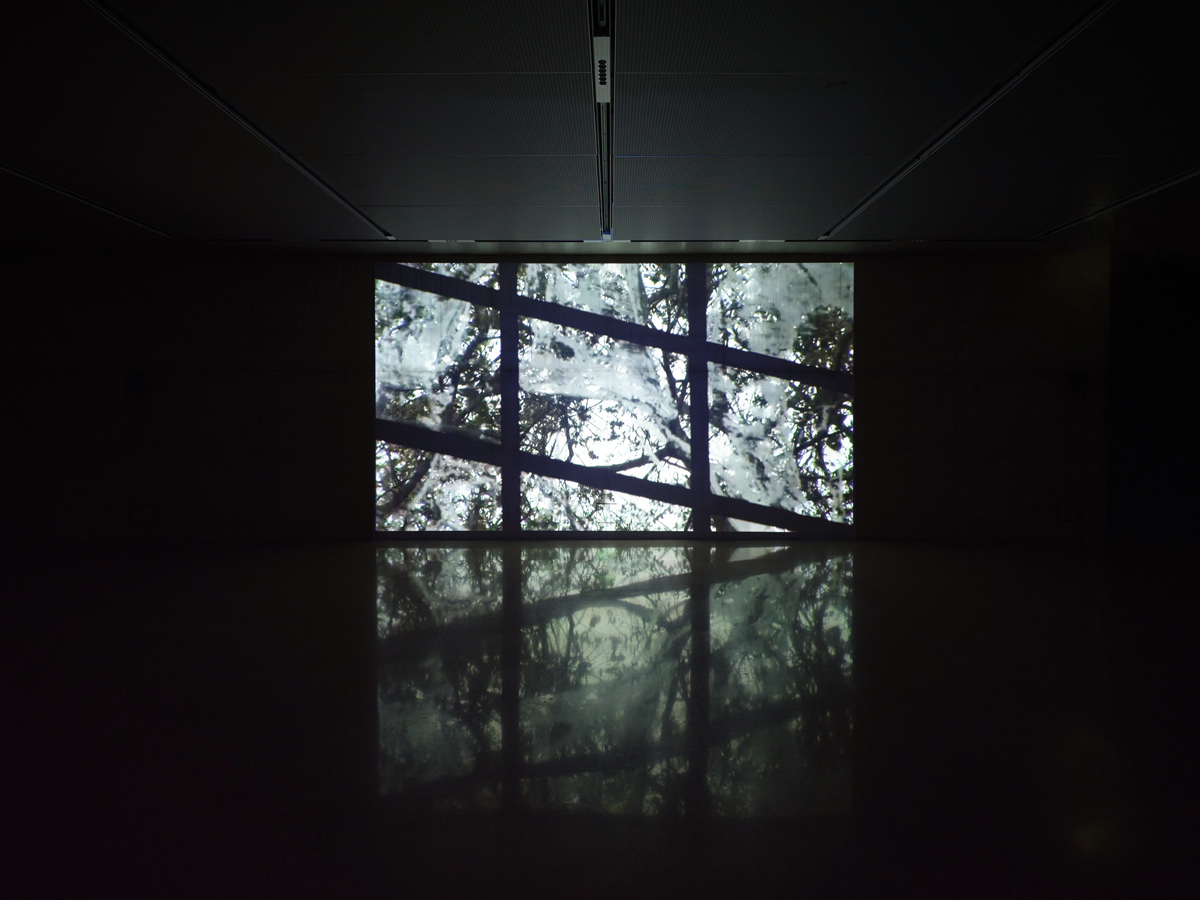
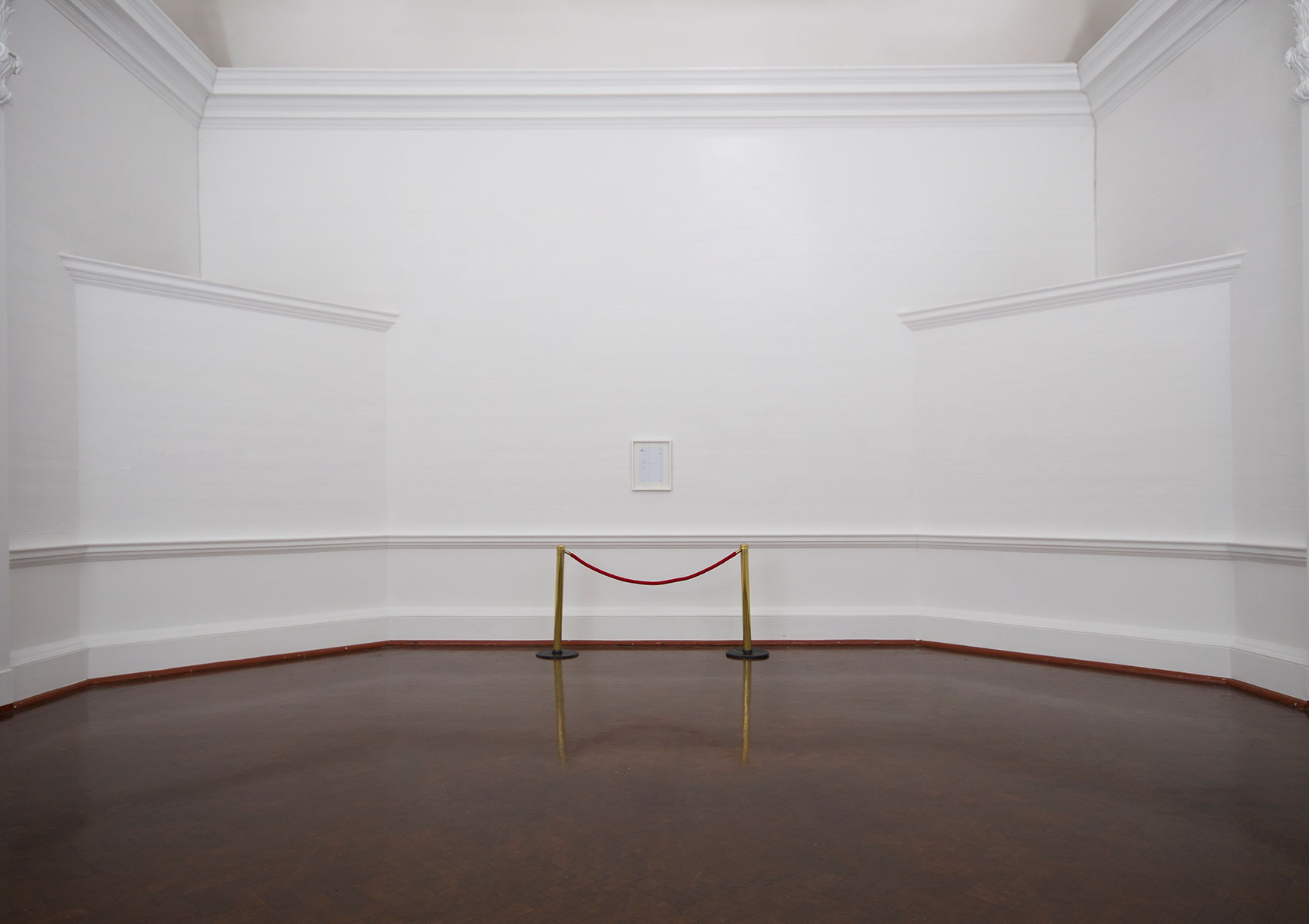


photo: Pieter Hugo
James Webb is an interdisciplinary artist, known for his site-specific interventions and installations. His practice often involves sound, found objects, and text, invoking references to literature, cinema, and the minimalist traditions. By shifting objects, techniques, and forms beyond their original contexts and introducing them to different environments, Webb creates new spaces of tension. These spaces bind Webb’s academic background in religion, theatre, and advertising, offering poetic inquiries into the economies of belief and dynamics of communication in our contemporary world.
Webb has had solo exhibitions at numerous institutions including, amongst others, Kunsthuset Kabuso, Øystese, Norway (2025), Liljevalchs Konsthall, Stockholm, Sweden (2024); Art Institute of Chicago, USA (2018); SPACES, Cleveland, USA (2018); Norrtälje Konsthall, Norrtälje, Sweden (2018); Yorkshire Sculpture Park, Wakefield, United Kingdom (2016); Hordaland Kunstsenter, Bergen, Norway (2015); CentroCentro, Madrid, Spain (2013); Johannesburg Art Gallery, Johannesburg, South Africa (2012); and mac, Birmingham, United Kingdom (2010).
Major group exhibitions include the inaugural Islamic Arts Biennale (2023), the 16th Lyon Biennale (2022), Borås Art Biennial in Sweden (2021), 14th Curitiba International Biennial of Contemporary Art (2019), 13th Biennial of Dakar (2018), 4th Prospect Triennial of New Orleans (2017), Documenta 14 (2017), 13th Biennial of Sharjah (2017), 12th Bienal de la Habana (2015), 55th Biennale di Venezia (2013), 3rd Marrakech Biennale (2009), Melbourne International Arts Festival (2009), and the 8th Biennale d’Art Contemporain de Lyon (2007). Other notable group shows include those at spaces such as Museum Tinguely, Basel; Museum of Old and New Art, Tasmania; A4 Arts Foundation, Cape Town; Wanås Konst and Historiska, Sweden; MAXXI Roma, Italy; Darat al Funun, Jordan; Théâtre Graslin, France; and the Tate Modern, London.
Webb's work is represented in numerous public and private institutional collections, including the Tate Modern (London), Smithsonian Institution National Museum of African Art (Washington DC), KADIST Foundation (Paris), Red Sea Museum (Jeddah), Art Institute of Chicago (Chicago), MAC VAL Musée d’Art Contemporain du Val-de-Marne (Paris), MAXXI Museo nazionale delle arti del XXI secolo (Rome), FRAC Champagne Ardenne (Reims), Iziko South African National Gallery (Cape Town), Johannesburg Art Gallery (Johannesburg), Wits Art Museum (Johannesburg), Nelson Mandela Metropolitan Art Museum (Gqeberha), Kaiser Wilhelm Museum (Krefeld), Darat al Funun - Khalid Shoman Foundation (Amman), Rennie Museum (Vancouver), UNISA Art Gallery & Collection (Pretoria).
His projects have been the subject of the two monographs, “. . .” (blank projects, 2020), and “Xenagogue” (Hordaland Kunstsenter, 2015).
For more information on the artist, and audio/video samples, visit http://theotherjameswebb.tumblr.com
—
curriculum vitae
1975 Born in Kimberley, South Africa
education
1999 Diploma (Copywriting) The Red & Yellow School, Cape Town, South Africa
1996 B.A. (Drama & Comparative Religion) University of Cape Town, South Africa
selected solo exhibitions
2025 Slowly, slowly, and then all at once, Kunsthuset Kabuso, Øystese, Norway
2024 The moon will not stay hidden forever, Liljevalchs+, Stockholm, Sweden
2020 What Fresh Hell Is This, blank projects, Cape Town, South Africa
2019 Choose the Universe, Galerie Imane Farès, Paris, France
2019 Three dreams of the sinking world, POOL, Johannesburg, South Africa
2018 It’s not what it looks like, SPACES, Cleveland, USA
2018 Prayer (Chicago), Art Institute of Chicago, Chicago, USA
2018 Supernature, Yorkshire Sculpture Park, Yorkshire, UK
2018 The dreamer in me meets the dreamer in you, Norrtälje Konsthall, Norrtälje, Sweden
2016 Hope is a good swimmer, Galerie Imane Fares, Paris, France
2016 We Listen for the Future, Yorkshire Sculpture Park, Yorkshire, UK
2016 Ecstatic Interference, blank projects, Cape Town, South Africa
2015 Xenagogue, Hordaland Kunstsenter, Bergen, Norway
2015 Nous نحن , with Ninar Esber, Galerie Imane Farès, Paris, France
2014 The Two Insomnias, blank projects, Cape Town, South Africa
2013 Audiopolis, Centro Centro, Madrid, Spain
2012 MMXII, Johannesburg Art Gallery, Johannesburg, South Africa
2010 Aleph, Goethe On Main, Johannesburg, South Africa
2010 Terms Of Surrender, ABSA Gallery, Johannesburg, South Africa
2010 Untitled States, MAC, Birmingham, UK
2010 Prayer, Djanogly Gallery, Nottingham, UK
2010 JWAKZNSA, KZNSA, Durban, South Africa
2010 One day, all of this will be yours, blank projects, Cape Town, South Africa
2008 Prayer, Huddersfield Art Gallery, West Yorkshire, UK
2007 Beau Diable, Gallery In The Round, Grahamstown, South Africa
2006 Untitled, Blank Projects, Cape Town, South Africa
2002 Phonosynthesizer, US Art Gallery, Stellenbosch, South Africa
selected group exhibitions
2025 By the Movement of All Things, Lawrie Shabibi, Dubai, UAE
2025 For the Birds, MGK Siegen, Siegen, Germany
2025 My Mother’s Tongue, Art Gallery of Mississauga, Mississauga, Canada
2024 Between Rivers, Astrup Fearnley Museum, Oslo, Norway
2024 Makeshift Memorials, Small Revolutions, Blaffer Art Museum, Houston, USA
2024 There is a light that never goes out, Galerie Imane Farès, Paris, France
2023 Goodbye to Love, Marres, Maastricht, Netherlands
2023 You to Me, Me to You, A4 Arts Foundation, Cape Town, South Africa
2023 A Dobradiça - Encontros contemporâneo, A Dobradiça Biennale, Mação, Portugal
2023 Au hasard des oiseau, Biennale Internationale Saint-Paul de Vence, Saint-Paul de Vence, France
2023 Vävda Rum, Riksförbundet Sveriges Konstföreningar, Augmented Reality throughout Sweden
2023 lO, blank projects, Cape Town, South Africa
2023 The Sound, 2nd Monheim Triennale, Monheim am Rhein, Germany
2023 À bruit secret: Hearing in Art, Museum Tinguely, Basel, Switzerland
2023 MONA FOMA festival, Tasmanian Museum and Art Gallery, Hobart, Tasmania
2023 Awwal Bayt (First House), Islamic Arts Biennale, Jeddah, Saudi Arabia
2022 The Future is Behind Us, A4 Arts Foundation, Cape Town, South Africa
2022 manifesto of fragility, 16th Biennale de Lyon, France
2021 Deep listening for longing, Borås Art Biennial, Borås, Sweden
2021 The Normal, Talbot Rice Gallery, Edinburgh, Scotland
2020 Audiosphere: Sound Experimentation 1980-2020, Museo Nacional Centro de Arte Reina Sofía, Madrid, Spain
2020 Helicotrema, La Fratellanza 1874, Modena, Italy
2020 freq_wave (Seven Seas), Curated by Carl Michael von Hausswolff and Alonso Vázquez, TBA21-Academy, Austria [online]
2020 Konst i Ån, Norrtälje, Sweden
2019 Ngoma: Art and Cosmology, JAG, Johannesburg, South Africa
2019 the head the hand, blank projects, Cape Town, South Africa
2019 Rennie at the WAG, Winnipeg Art Gallery, Winnipeg, Canada
2019 Open Borders, 14th Curitiba International Biennial of Contemporary Art, Curitiba, Brazil
2019 Listening Room, Michaelis Galleries, Cape Town, South Africa
2018 Hacer Noche, Centro Cultural San Pablo, Oaxaca de Juarez, Mexico
2018 Radiophonic Spaces, Museum Tinguely, Basel, Switzerland
2018 Truth is black, write over it with a mirage’s light, Darat al Funun, Amman, Jordan
2018 Radiophonic Spaces, Haus der Kulturen der Welt, Berlin, Germany
2018 Ways of Seeing, New York University Abu Dhabi, Abu Dhabi, United Arab Emirates
2018 African Metropolis: An Imaginary City, MAXXI Museo nazionale delle arti del XXI secolo, Rome, Italy
2018 blank, Galerie Guido W. Baudach, Berlin, Germany
2018 Gegen die Strömung: Reise ins Ungewisse, Museum Morsbroich, Leverkusen, Germany
2018 More for less, A4 Arts Foundation, Cape Town, South Africa
2018 The Red Hour, 13th Biennial of Dakar, Senegal
2018 Common Ground, Yorkshire Sculpture Park, Wakefield, UK
2017 17, blank projects, Cape Town, South Africa
2017 The Lotus in Spite of the Swamp, Prospect New Orleans 4, New Orleans, USA
2017 Ways of Seeing, Villa Empain Fondation Boghossia, Brussels, Belgium
2017 Mixed Signals, Helicotrema 6, Teatro di Palazzo Grassi, Venice, Italy
2017 Utocorpis, Silenco, Paris, France
2017 Cinéphémere for LOOP Barcelona, Grand Palais, Paris, France
2017 Every Time An Ear Di Soun, documenta 14 radio
2017 Tous, des sang mêles, MAC VAL, Paris, France
2017 Home is so fucking complicated, Galerie Nathalie Halgand for the Curated by_ series, Vienna, Austria
2017 Picasso et la maternité, Musée Crozatier, Le Puy-en-Velay, France
2017 Image Drain, Tallin Art Hall, Tallin, Estonia
2017 Afrique Capitales, La Villette, Paris, France
2017 Becoming an Apricot, an apple, a crow, a tree, a cockroach, a glacier, a plant, a mushroom, a shell, a bird, algae for Survival Kit 9, Former Faculty of Biology of the University of Latvia, Riga
2017 Tamawuj, Sharjah Biennial 13, United Arab Emirates
2016 Silencio, in collaboration with Raphaëlle Delaunay, Paris, France
2016 Sonic Somatic, Firenze, Italy
2016 Nothing is Impossible, Monte Vista Projects, Los Angeles, San Francisco, Sante Fe, USA
2016 Helicotrema, Palazzo Grassi, Venice, Italy
2016 History Unfolds, Historiska Museet, Stockholm, Sweden
2016 Malmös Leende, Malmö, Sweden
2016 Sèvres Outdoors 2016, Sèvres Cité de la Céramique, Paris, France
2016 Le Voyage à Nantes Festival, Théâtre Graslin and Jardin de la Psalette, Nantes, France
2016 A Place In Time, Nirox Foundation, South Africa
2016 Alive in the Dead Sea (1995-2015), The Khalid Shoman Foundation Darat Al Funun, Amman, Jordan
2016 The 55-Minute Hour, Trubok Factory, Cape Town, South Africa
2015 Libertas, 7th Bienal de Jafre, Girona, Spain
2015 Handle with care, Ostrale 15, Dresden, Germany
2015 Barrier, Wanås Konst Sculpture Park, Sweden
2015 Between the idea and experience, Bienal de la Habana, Havana, Cuba
2014 Frestas, Trienal of Sorobaba, Sesc, Sao Paulo, Brazil
2014 Helicotrema, Recorded Audio Festival, Viafarini DOCVA, Milan, Italy
2014 No Fixed Abode, The New Church Museum, Cape Town, South Africa
2014 Fittja Pavilion at the 14th Venice Architecture Biennale, Serra dei Giardini, Venice, Italy
2014 Dirty Ear Forum: Sound, Multiplicity and Radical Listening, Galleri 3,14 and Rom8, Bergen, Norway
2014 next thing you know, blank projects, Cape Town, South Africa
2013 This is the thing, blank projects, Cape Town, South Africa
2013 blank projects in Johannesburg, Ithuba Arts Gallery, Johannesburg, South Africa
2013 Imaginary Fact, South African Pavillion, 55th La Biennale di Venezia, Italy
2013 Between The Lines, Former Tagesspiegel Building, Berlin, Germany
2013 No Limit 2, Galerie Imane Fares, Paris, France
2012 GIPCA Live Art Festival, City Hall, Cape Town, South Africa
2012 When Form Becomes Attitude, blank projects, Cape Town, South Africa
2012 Experience Pommery 10, Domaine Pommery, Reims, France
2012 Making Way, National Arts Festival, Grahamstown, South Africa
2012 Fierce Festival, various venues, Birmingham, UK
2012 In Other Words: the black market of translation, NGBK, Berlin, Germany
2011 Experience Pommery 9, Domaine Pommery, Reims, France
2011 Neither Man, Nor Stone, Iziko South African National Gallery, Cape Town, South Africa
2010 Sentences On The Banks and other activities, Darat Al-Funun, Amman, Jordan
2010 Reflex / Reflexión, Johannesburg Art Gallery, Johannesburg, South Africa
2010 Article Biennale, various venues, Stavanger, Norway
2010 My World Images, various venues: Copenhagen, Denmark, Istanbul, Athens, Marrakech, Palermo, Catania, Riso Museo d’Arte Contemporanea della Sicilia, Palermo
2010 In Other Words, Goodman Gallery, Johannesburg, South Africa
2010 Twenty, Nirox Foundation, Johannesburg, South Africa
2010 Contemporary Artists From South Africa, Stiftelsen 314, Bergen, Norway
2010 Ampersand, Daimler Contemporary, Berlin, Germany
2010 No Soul For Sale, L’appartement 22 / Tate Modern, London, UK
2010 1910 – 2010, Iziko South African National Gallery, Cape Town, South Africa
2010 Printemps des Poètes, Salon de lecture, Musée du quai Branly, Paris, France
2009 Happy House, Kunst im Tunnel, Düsseldorf, Germany
2009 3rd Arts In Marrakech Biennale, Museum of Marrakech, Morocco
2009 L’effacement des traces, Musée d’histoire contemporaine, Paris, France
2009 Melbourne International Arts Festival, Melbourne, Australia
2009 Open Frame, Institute of Modern Art, Brisbane, Australia
2009 CAPE 09, Cape Town’s 2nd biennale of contemporary African culture, Cape Town, South Africa
2009 This Is Now 2, L’Appartment 22, Rabat, Morocco
2008 Delusions Of Grandeur, Unit B Gallery, San Antonio, Texas, USA
2008 Jozi & The (M)Other City, Michaelis Gallery, Cape Town, South Africa
2008 Home Bound, Stiftung Kunst:Raum Sylt Quelle, Sylt, Germany
2008 za, Giovane arte dal Sud Africa, Palazzo delle Papesse Centro Arte Contemporanea, Siena, Italy
2008 Light Show, Bank Gallery, Durban, South Africa
2007 Sakra!, St. Andrä, Graz, Austria
2007 9th Biennale d’Art Contemporain de Lyon, Lyon, France
2007 3C, Critic’s Choice Exhibition, Association for Visual Arts, Cape Town, South Africa
2007 (In)visible Sounds (with Brandon LaBelle), Netherlands Media Institute, Amsterdam, Netherlands
2007 Afterlife, Michael Stevenson Contemporary, Cape Town, South Africa
2006 MTN New Contemporaries, Johannesburg Art Gallery, Johannesburg, South Africa
2005 Aqua Art Sound Broadcast, Aqua Art Hotel, Miami, USA
2005 Gallery Puta, Cape Town, South Africa
2005 Incidental Amplifications, Various venues, Melbourne, Australia
2005 CCA Kitakyushu Open Studio, Kitakyushu, Japan
2004 Typhoon, Maeda Gallery, Kitakyushu, Japan
2004 The Brett Kebble Art Awards (with Matthew Kalil), CTICC, Cape Town, South Africa
2004 Listening to The World Today, BBC Radio 4
2004 A Decade Of Democracy, Iziko South African National Gallery, Cape Town, South Africa
2004 Zèppelin 2004-Festival de Arte Sonor, Centre de Cultura Contemporània de Barcelona, Spain
2003 Mooimark, Mooimark House, Johannesburg, South Africa
2003 YDEsire, The Castle of Good Hope, Cape Town, South Africa
2002 The Long Night Of Radio Art, Ars Electronica Festival, Linz, Austria
selected public + private collections
Tate Modern, London, United Kingdom
Smithsonian Institution National Museum of African Art, Washington DC, USA
KADIST Foundation, Paris, France
Red Sea Museum, Jeddah, Saudi Arabia
The Art Institute of Chicago, Chicago, USA
MAC VAL Musée d’Art Contemporain du Val-de-Marne, Paris, France
MAXXI Museo nazionale delle arti del XXI secolo, Rome, Italy
FRAC Champagne Ardenne, Reims, France
Iziko South African National Gallery, Cape Town, South Africa
The Johannesburg Art Gallery, Johannesburg, South Africa
Wits Art Museum, Johannesburg, South Africa
The Nelson Mandela Metropolitan Art Museum, Gqeberha, South Africa
Kaiser Wilhelm Museum, Krefeld, Germany
Darat al Funun, Khalid Shoman Foundation, Amman, Jordan
A4 Arts Foundation, Cape Town, South Africa
Jordan Vranken Pommery Monopole, Pommery, France
Rennie Museum, Vancouver, Canada
The Life Collection, Johannesburg, South Africa
Nirox Foundation, Johannesburg, South Africa
Ellerman House, Cape Town, South Africa
UNISA Art Gallery & Collection, Pretoria, South Africa
residencies
2023 HANGAR - Centro de Investigação Artística, Lisbon, Portugal
2018 SWAP, SPACES, Cleveland, USA
2017 Fountainhead Residency, Miami, USA
2017 Atelier Mondial, Basel, Switzerland
2016 IASPIS, Stockholm, Sweden
2011 Nirox Foundation, Johannesburg, South Africa
2011 Darat al Funun, Amman, Jordan
2010 USF, Bergen, Norway
2009 Cité Internationale des Arts, Paris, France
2009 KIT – Kunst im Tunnel, Düsseldorf, Germany
2009 Visby International Composers’ Centre, Götland, Sweden
2008 MediaLab Prado, Madrid, Spain
2006 MALAB, Amazonas, Brazil
2004/5 CCA Kitakyushu, Yahata, Japan
prizes + grants
2016 IASPIS grant, Sweden
2013 Turquoise Harmony Institute Art Award, South Africa
2009 Art Moves Africa Travel Grant
2008 ABSA L’Atelier Award
—publications
2023 Twindle, H. Eloff, A. Sounding Environments in The Routledge Handbook of Environmental History. Routledge, London, UK.
2020 JAMES WEBB: . . . , blank projects, South Africa.
2015 JAMES WEBB: Xenagogue, Hordaland Kunstsenter, Norway.
—selected press
2024 O’Toole, S. Art works flow between rivers and into the sea. Mail and Guardian (published 6 December 2024).
2024 Wach, A. Where the current carries us. Monopol [online] (published 6 November 2024).
2024 Guevara Acevedo, E. A Hack into Nature. Public Art Dialogue magazine(published 26 October 2024).
2024 Bjerke, M. Review: The fear of being understood: "Between Rivers” at Astrup Fearnley Museum. NRK News [online] (published 22 October 2024).
2023 Moloi, N. Time is an exaggeration: ‘The Future Is Behind Us’ at A4. ArtThrob [online] (published 17 April 2023).
2023 Foley, H. At Mona Foma, I encountered death rituals, underwater soundscapes, worship – and transcendence. The Conversation [online] (published 23 February 2023).
2023 Proctor, RA. From darkness to everlasting light: all you need to know about the first Islamic Arts Biennale. Wallpaper Magazine (published January 2023).
2022 O’Toole, S. Listen to this Sekoto Painting - it is not silent. Mail and Guardian (published 14 October 2022).
2022 O’Toole, S. South African artists taking over Chicago, Bonteheuwel style. Mail and Guardian (published 6 May 2022).
2021 Mann, D. Nothing here does not hear you: Voices from the Monument. The Critter [online] (published 22 July 2021).
2021 Meighan, C. Exhibition uses arresting artworks to explore impact of pandemic. The National [online] (published 17 May 2021).
2021 Mansfield, S. Art reviews: The Normal at Talbot Rice Gallery | Emma Talbot at DCA. The Scotsman [online] (published 14 May 2021).
2023 Twindle, H. Eloff, A. Sounding Environments in The Routledge Handbook of Environmental History. Routledge, London, UK.
2020 JAMES WEBB: . . . , blank projects, South Africa.
2015 JAMES WEBB: Xenagogue, Hordaland Kunstsenter, Norway.
—selected press
2024 O’Toole, S. Art works flow between rivers and into the sea. Mail and Guardian (published 6 December 2024).
2024 Wach, A. Where the current carries us. Monopol [online] (published 6 November 2024).
2024 Guevara Acevedo, E. A Hack into Nature. Public Art Dialogue magazine(published 26 October 2024).
2024 Bjerke, M. Review: The fear of being understood: "Between Rivers” at Astrup Fearnley Museum. NRK News [online] (published 22 October 2024).
2023 Moloi, N. Time is an exaggeration: ‘The Future Is Behind Us’ at A4. ArtThrob [online] (published 17 April 2023).
2023 Foley, H. At Mona Foma, I encountered death rituals, underwater soundscapes, worship – and transcendence. The Conversation [online] (published 23 February 2023).
2023 Proctor, RA. From darkness to everlasting light: all you need to know about the first Islamic Arts Biennale. Wallpaper Magazine (published January 2023).
2022 O’Toole, S. Listen to this Sekoto Painting - it is not silent. Mail and Guardian (published 14 October 2022).
2022 O’Toole, S. South African artists taking over Chicago, Bonteheuwel style. Mail and Guardian (published 6 May 2022).
2021 Mann, D. Nothing here does not hear you: Voices from the Monument. The Critter [online] (published 22 July 2021).
2021 Meighan, C. Exhibition uses arresting artworks to explore impact of pandemic. The National [online] (published 17 May 2021).
2021 Mansfield, S. Art reviews: The Normal at Talbot Rice Gallery | Emma Talbot at DCA. The Scotsman [online] (published 14 May 2021).
2020 Leibbrandt. T. Ghost in the Hotel: On James Webb, Guy Tillim, and Liza Grobler. ArtThrob [online] (published 28 October 2020).
2020 Seals, J. The Other. James Webb’s Prayer & Janet Cardiff’s The Forty Part Motet. ARTPULSE [online] (accessed 12 May 2020).
2020 Kuijers, I. Sympathetic Magic: On James Webb and Donna Kukama. ArtThrob [online] (published 12 May 2020).
2020 Thurman, C. James Webb's What Fresh Hell is This: the art of interruption as shown up by reality in yet another long take. Business Day, South Africa (published 24 April 2020).
2019 Biles, J. Prayer (Chicago). Art Exhibition. By James Webb. The Art Institute of Chicago, 2018. Religious Studies Review.
2019 Scemama, P. kindness. La République {de l’art} [online] (published 11 September 2019).
2019 Stevens, N. The Inverted Funnel/ James Webb’s ‘Three Dreams of the Sinking World’. ArtThrob [online] (published 7 May 2019).
2019 Elizabeth, M. ‘James Webb’s ‘3 Dreams of a Sinking World – reflections on the Carlton Hotel’. Bubblegum Club [online] (published April 2019).
2018 ‘Prayer’ by James Webb at Art Institute of Chicago. BLOUIN INFO [online] (published 25 October 2018).
2017 Coussonet, C. The sound artist making a call for resilience. Apollo Magazine [online] (published 12 January 2017).
2016 Potts, D. James Webb: We Listen for the Future, Aesthetica, Issue 74 (published December 2016).
2016 Forrest, N. James Webb’s Sound Art Symphony at Yorkshire Sculpture Park. BLOUIN ARTINFO [online] (published 9 November 2016).
2016 Leibbrandt, T. Reverberating Sound of Things to Come: James Webb’s Ecstatic Interference’. ArtThrob [online] (published 1 March 2016).
2016 O’Toole, S. Bassdrum: Predictions from the heart of the sun. Sunday Times, South Africa (published 23 February 2016).
2016 O’Toole, S. Critics Picks: James Webb. Artforum (published February 2016).
2016 Minaar, M. Webb se konseptuele minimalisme tref. Die Burger, South Africa (published 18 February 2016)
2015 Buys, A (ed). Xenagogue. Hordaland Kunstsenter, Norway.
2014 Jauhianen, I. The Sound of James Webb. Another Africa [online] (published 14 November 2014).
2013 Gallais, J-M. Creating Ellipses. What You See Is What You Hear, Issue 7 (published December 2013).
2012 Bester, R. James Webb. Art South Africa, Vol 11.1 (published 7 September 2012).
2012 Buys, A. James Webb: MMXII, this is tomorrow [online] (published 6 September 2012).
2012 O’Toole, S. Young African Artists. Business Day Wanted magazine, South Africa (published September 2012).
2010 Voice in the Wilderness. Mail & Guardian, South Africa (published November 2010).
2010 O’Toole, S. Black Landscape: An Argument in Three Parts. Art South Africa, V9.1 (published September 2010).
2010 Simbao, R. One day, all of this will be yours. ArtThrob [online] (published March 2010).
2010 Minnaar, M. Artist of the imagination. The Argus, South Africa (published 20 February 2010).
2009 Davis, J. James Webb. 2009 Melbourne International Arts Festival – Visual Arts Program catalogue (published 2009).
2009 Karlsen, A.S. Hacking and Hiding, “A Proposal for Articulating Works And Places” 3rd Arts In Marrakech Biennale catalogue text (published 2009).
2007 O’Toole, S. A Sweet and Tender Hooligan, “The history of a decade that has not yet been named”, catalogue to the Lyon Biennale (published 2007).
2006 Hardy, S. That Subliminal Kid. Art South Africa, Vol 4.3 (published March 2006).
2020 Seals, J. The Other. James Webb’s Prayer & Janet Cardiff’s The Forty Part Motet. ARTPULSE [online] (accessed 12 May 2020).
2020 Kuijers, I. Sympathetic Magic: On James Webb and Donna Kukama. ArtThrob [online] (published 12 May 2020).
2020 Thurman, C. James Webb's What Fresh Hell is This: the art of interruption as shown up by reality in yet another long take. Business Day, South Africa (published 24 April 2020).
2019 Biles, J. Prayer (Chicago). Art Exhibition. By James Webb. The Art Institute of Chicago, 2018. Religious Studies Review.
2019 Scemama, P. kindness. La République {de l’art} [online] (published 11 September 2019).
2019 Stevens, N. The Inverted Funnel/ James Webb’s ‘Three Dreams of the Sinking World’. ArtThrob [online] (published 7 May 2019).
2019 Elizabeth, M. ‘James Webb’s ‘3 Dreams of a Sinking World – reflections on the Carlton Hotel’. Bubblegum Club [online] (published April 2019).
2018 ‘Prayer’ by James Webb at Art Institute of Chicago. BLOUIN INFO [online] (published 25 October 2018).
2017 Coussonet, C. The sound artist making a call for resilience. Apollo Magazine [online] (published 12 January 2017).
2016 Potts, D. James Webb: We Listen for the Future, Aesthetica, Issue 74 (published December 2016).
2016 Forrest, N. James Webb’s Sound Art Symphony at Yorkshire Sculpture Park. BLOUIN ARTINFO [online] (published 9 November 2016).
2016 Leibbrandt, T. Reverberating Sound of Things to Come: James Webb’s Ecstatic Interference’. ArtThrob [online] (published 1 March 2016).
2016 O’Toole, S. Bassdrum: Predictions from the heart of the sun. Sunday Times, South Africa (published 23 February 2016).
2016 O’Toole, S. Critics Picks: James Webb. Artforum (published February 2016).
2016 Minaar, M. Webb se konseptuele minimalisme tref. Die Burger, South Africa (published 18 February 2016)
2015 Buys, A (ed). Xenagogue. Hordaland Kunstsenter, Norway.
2014 Jauhianen, I. The Sound of James Webb. Another Africa [online] (published 14 November 2014).
2013 Gallais, J-M. Creating Ellipses. What You See Is What You Hear, Issue 7 (published December 2013).
2012 Bester, R. James Webb. Art South Africa, Vol 11.1 (published 7 September 2012).
2012 Buys, A. James Webb: MMXII, this is tomorrow [online] (published 6 September 2012).
2012 O’Toole, S. Young African Artists. Business Day Wanted magazine, South Africa (published September 2012).
2010 Voice in the Wilderness. Mail & Guardian, South Africa (published November 2010).
2010 O’Toole, S. Black Landscape: An Argument in Three Parts. Art South Africa, V9.1 (published September 2010).
2010 Simbao, R. One day, all of this will be yours. ArtThrob [online] (published March 2010).
2010 Minnaar, M. Artist of the imagination. The Argus, South Africa (published 20 February 2010).
2009 Davis, J. James Webb. 2009 Melbourne International Arts Festival – Visual Arts Program catalogue (published 2009).
2009 Karlsen, A.S. Hacking and Hiding, “A Proposal for Articulating Works And Places” 3rd Arts In Marrakech Biennale catalogue text (published 2009).
2007 O’Toole, S. A Sweet and Tender Hooligan, “The history of a decade that has not yet been named”, catalogue to the Lyon Biennale (published 2007).
2006 Hardy, S. That Subliminal Kid. Art South Africa, Vol 4.3 (published March 2006).





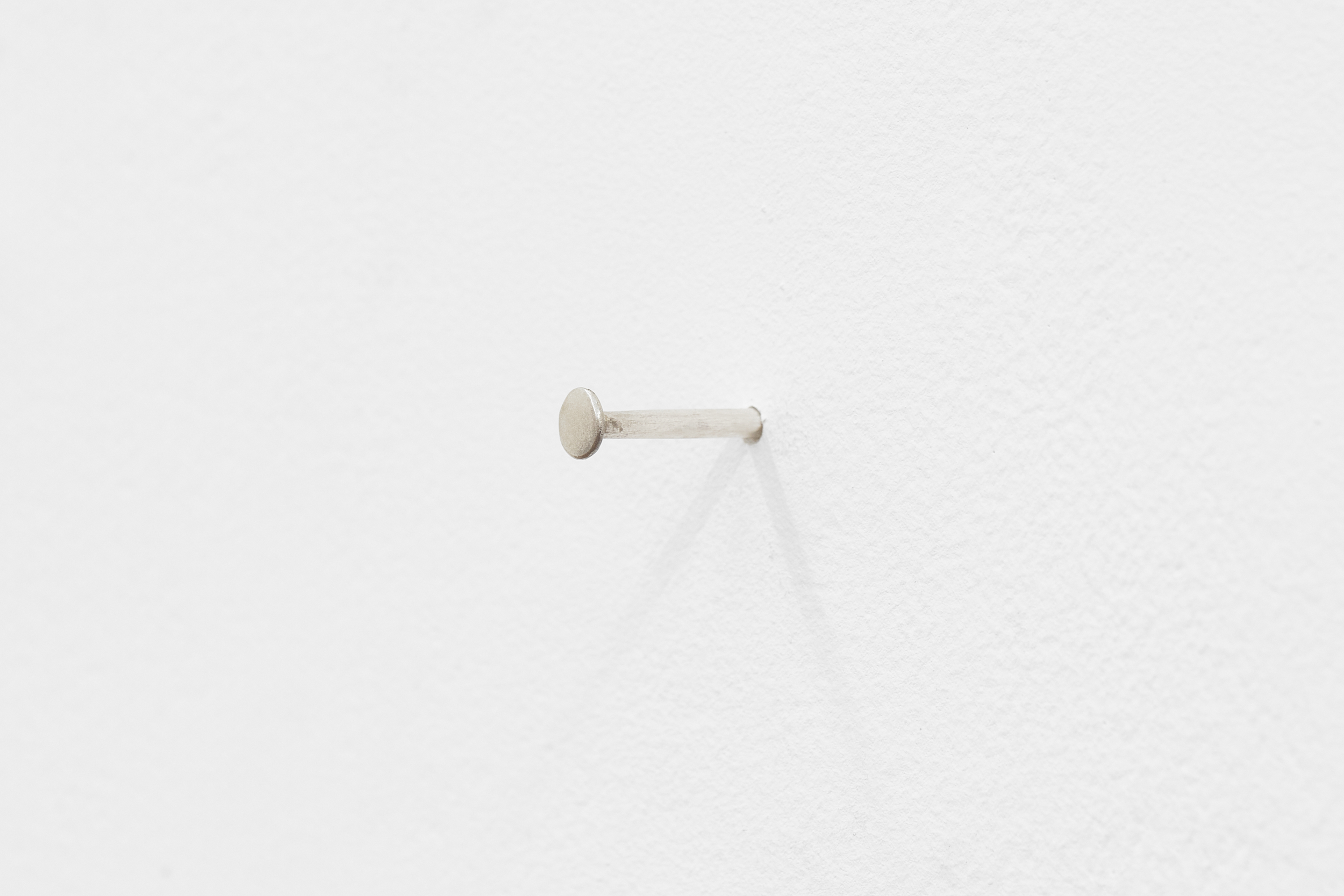

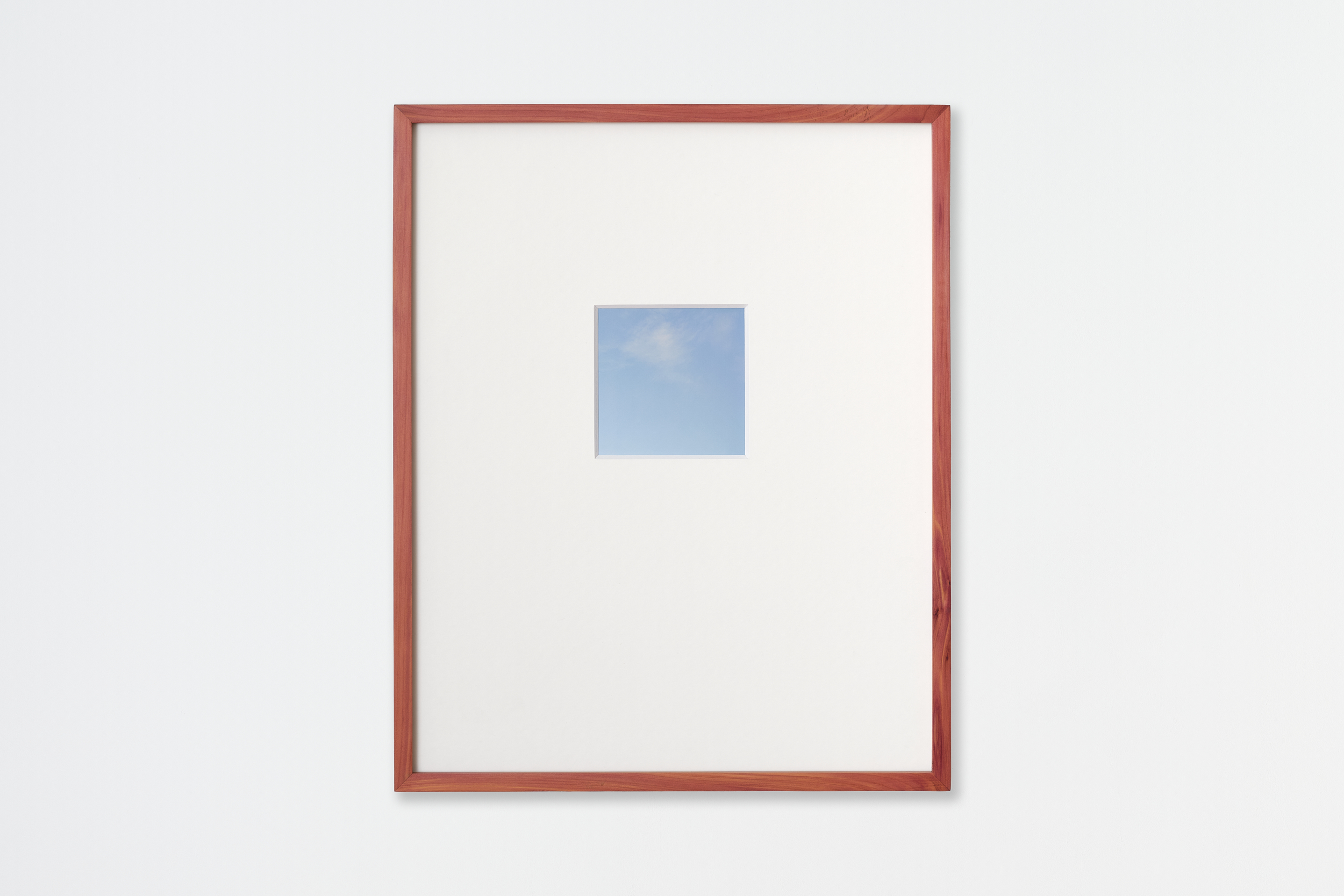
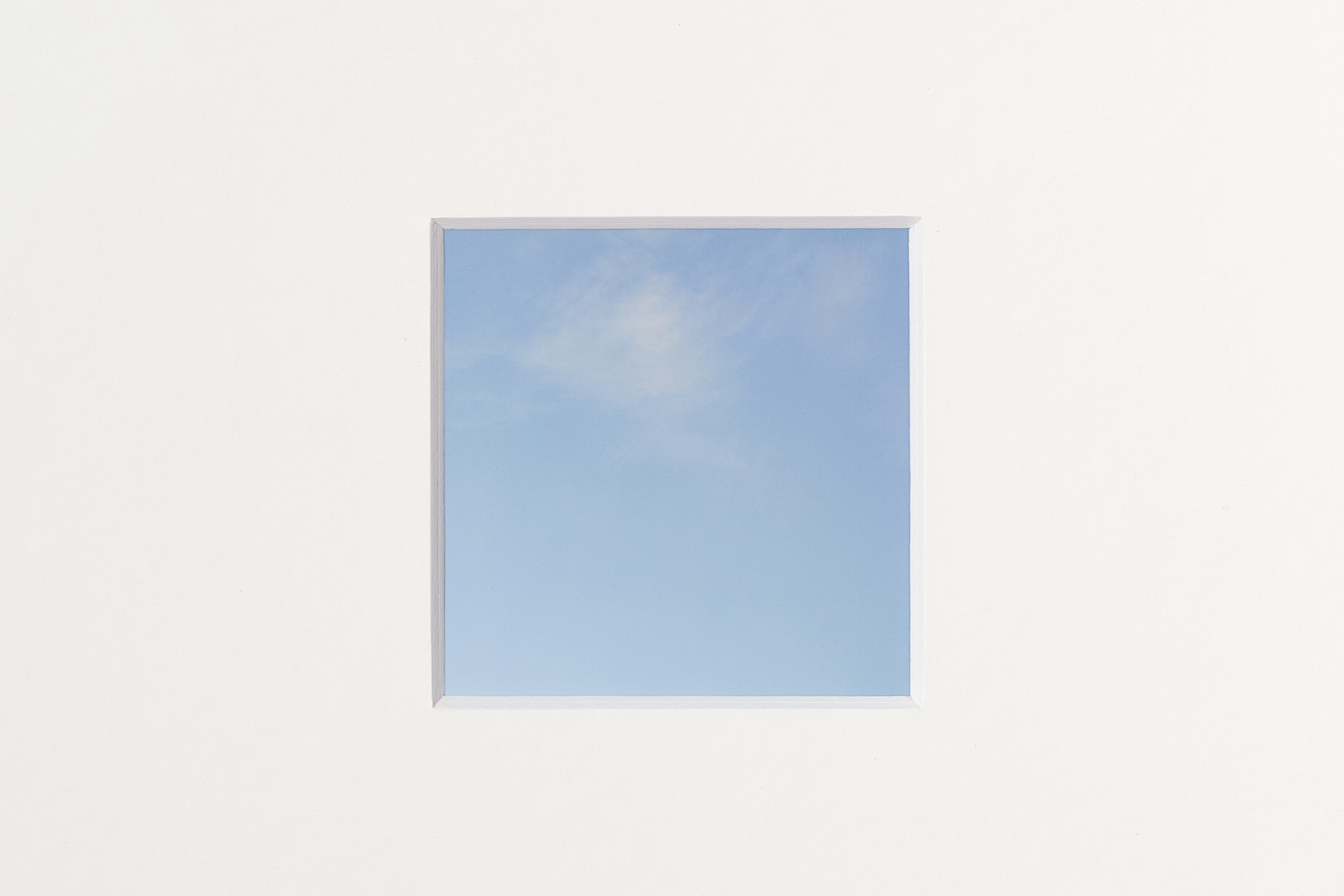

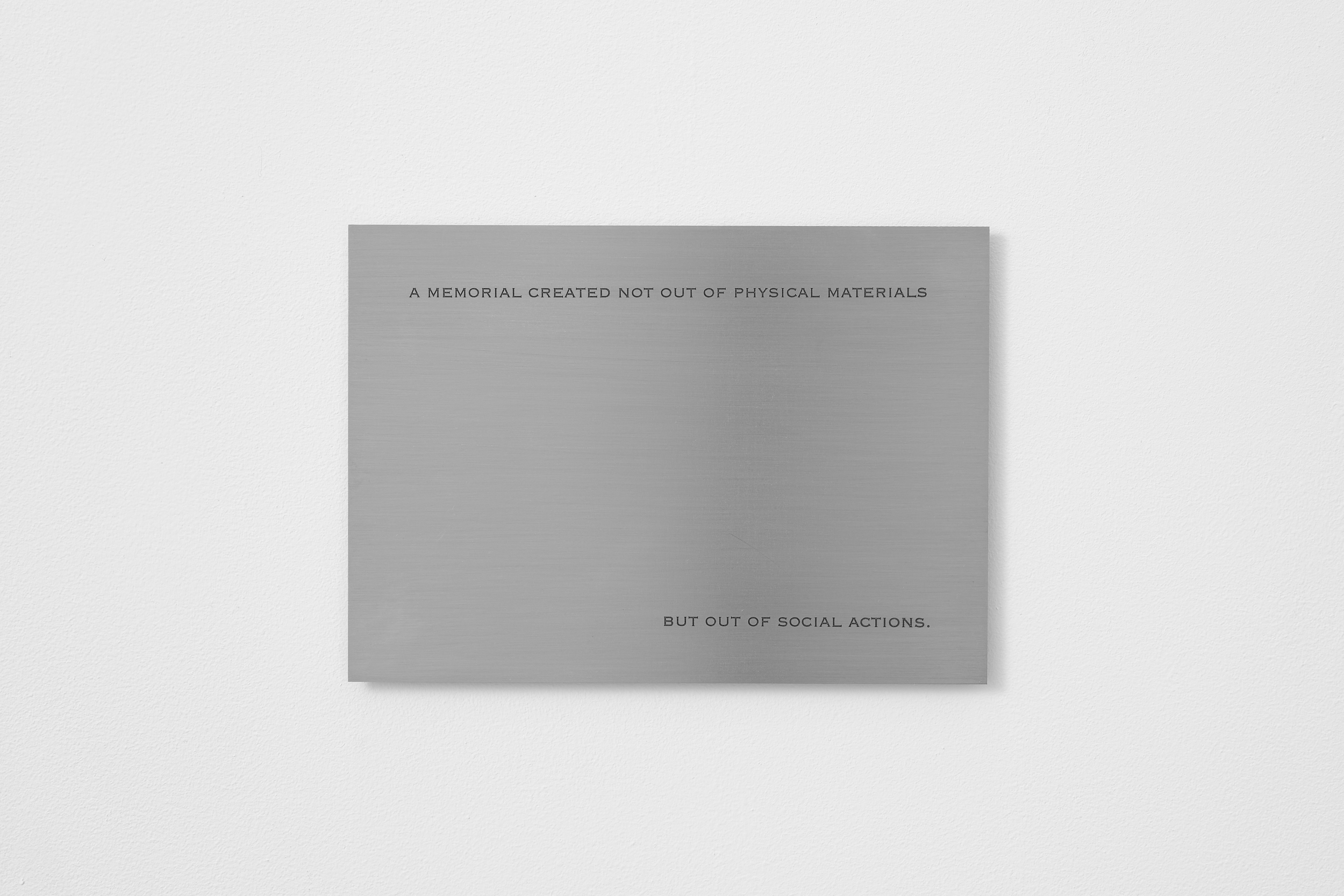
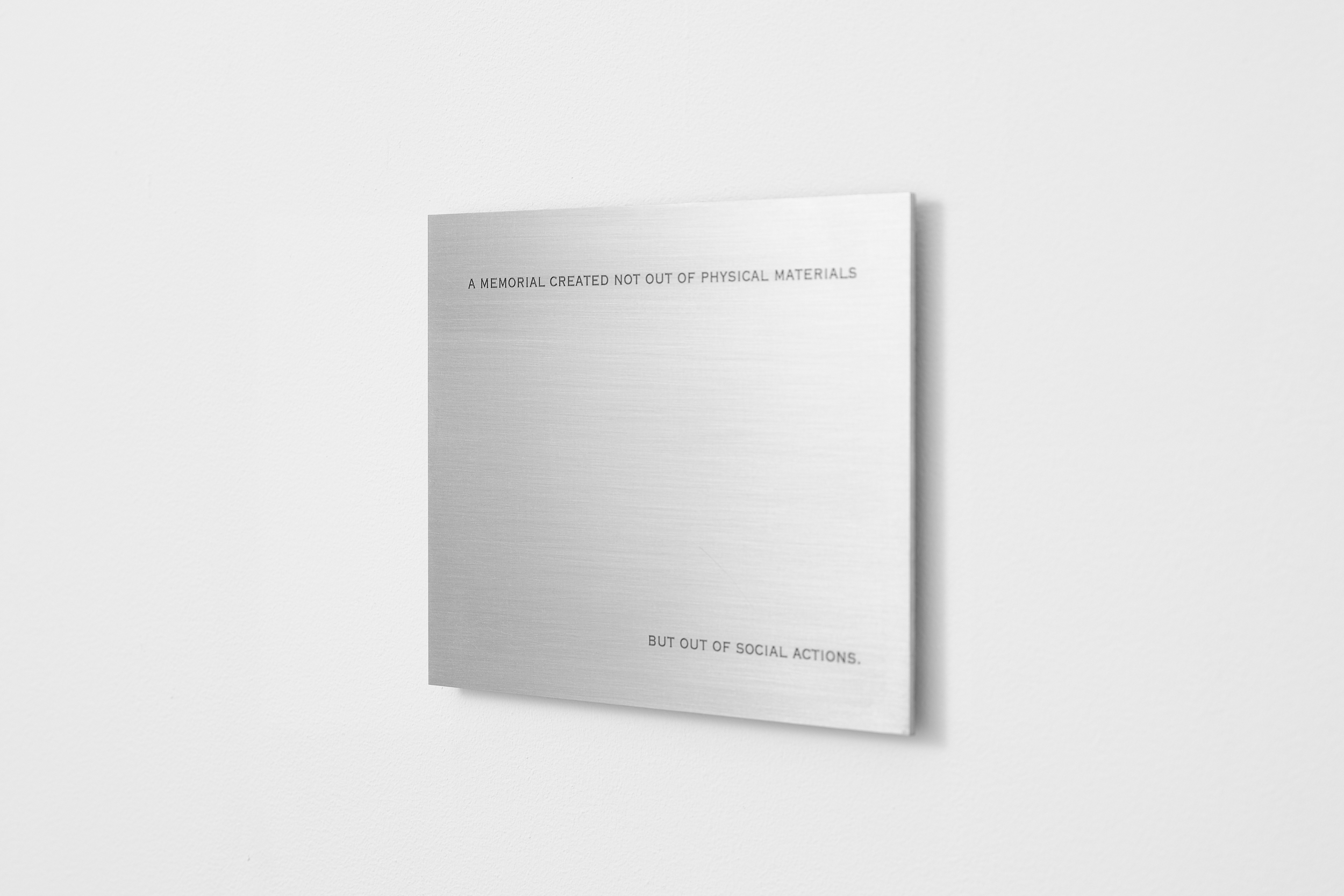



blank is pleased to present See you in happiness, a solo exhibition by James Webb.
The exhibition loosely gathers around the themes of memorialisation and remembrance, and those histories of nationalism and violence whose legacies continue to cast their long shadows.
The four new works on show — an installation, a photograph, a sculpture, and a sound piece — represent, in various ways, processes of transformation and transcendence: a WW2 Africa Service Medal forged into a silver nail; the sky over Nagasaki photographed from the Atomic Bomb Hypocentre; a text piece prompting us to conceive of a memorial as a social action; and a re-arrangement of the traditional folksong, ‘The Mermaid’, whose final verse serves both as a warning and a temptation.
Deriving its title from an expression of farewell once common in Arabic, Hebrew, and Turkish, the exhibition draws from the past in an attempt to name our desires for the future; a wish, even, for happiness.
See you in happiness is the artist’s sixth exhibition with the gallery.
-
You and I have never met, and perhaps we never will, but not too long ago, I stood where you are standing now. I imagine that you have your own reasons for being here, your own collection of griefs. Perhaps, like Auden in ‘September 1, 1939’, “you’re uncertain and afraid.” The nail you’re looking at is forged from a Second World War African Service Medal, similar to the one issued to the artist's grandfather. This may mean nothing to you, an arcane piece of military history that doesn’t strike a common chord. World War II, after all, ended eighty years ago, long before your time. Or maybe the war means everything to you because someone in your family was spared from a catastrophe at the eleventh hour. If you happen to be Palestinian, say, or Sudanese, the killing of thousands is not just a thing of the past. (In Chi Shona, the act of visiting the home of the bereaved is known as kubata maoko, which means to hold the hand of the bereaved. Perhaps this is one of the consolations that poetry and art can offer: to hold your hand, even as your world hangs in the balance.) Or perhaps, like me, you find yourself reminded of your own grandfather, who perished in one of the slaughterhouses of the 20th century. Closing my eyes, I can almost see him in the distance of the past, enclosed in a circle of men at daybreak, on the morning of his crucifixion. Perhaps he is blindfolded, perhaps he is not. Please, Brother, I plead with the man in whose hands the gun is placed. Have mercy. There is no such. The man who pulls the trigger has long vanished into the wide stream of history. Who knows what becomes of him, or his accomplices. Perhaps, after the war ends, the gunman will find work with the postal service or as a bank clerk. He will say nothing about the war, what happened out there in the bush; like Pontius Pilate, he will wash his hands clean of it. Or maybe, years later, lying face up on his deathbed in a government hospital — cancer of the prostate, say, or cirrhosis of the liver — the memory of that wartime spring will come back to him. Clear as day as the old saying goes. He will remember the trek through the high grasses and the birds, scattered in the trees, startled suddenly into flight… The artist’s grandfather spoke very little about his wartime experience, only that ‘he hated the war’, and that the enemy they were shooting at were ‘just kids.’ Perhaps like me, these silences or fragments of a story, make you think about your grandmother. She, too, had come through slaughter and could not bring herself to talk about it. Yet she is also there when I close my eyes. She spots the gunman and his accomplices crouched in the grass, signalling to each other like hunters closing in on their prey. She lets out a scream, but it is too late. The house is surrounded. She narrowly escapes, but glances over her shoulder in time to see the men push her husband to the ground. In that moment, she decides she will never return home again. She runs through fields, bush, crawls under barbed wire and watches the day turn into night along a narrow steep-sided ravine. Sunrise finds her walking under an ochre sky along a gravel road, with only the clothes on her back, when a 1967 Austin A110 Westminster pulls over. The driver, a quiet and melancholy man, doesn’t ask too many questions, only offers the woman a lift. Says he’s driving to the capital. She nods, opens the door, slides into the passenger seat. Twenty minutes later, say, the driver of the 1967 Austin A110 Westminster and the woman — who is and is not your grandmother — are waved to a stop at a military checkpoint. Large swathes of this territory are under martial law. The soldiers — young men dressed in brown and green army fatigues, with clean shaven faces and regulation haircuts — bark orders at them to get out of the vehicle while they search for weapons, explosives, contraband. Terrorists. Afterward, when they’re cleared to pass, the woman hears the driver whisper to himself, whatever else happens to us. He nods at the young man standing on the roadside, a rifle fitted with a bayonet slung over his shoulder, we are war people… One problem with war, for those of us who did not live through it, is its vast scale. Upwards of 70 million people, more than the entire population of South Africa, perished during World War II. How does one even begin to understand a catastrophe of this scale beyond the gargantuan task of creating “an elaborate encyclopaedia of the dead, telling precisely how each killing happened, and what the consequences were”. To be able take the measure of it, to weigh its mass, perhaps one has to narrow the parameters, to a single gunshot fired by a .38 revolver, or to a nail made from a Second World War African Service medal. Someday, when I sit down to write this story, I will begin with my mother or the woman who will one day be my mother. She is all of twenty years old, a trainee nurse during a time of civil war. Upon hearing the news of her father’s abduction, she will abandon her shift without informing her supervisor and head to the main bus terminal. She will stay there until dusk, and even longer, until the sky above the capital is dotted with stars. For three days straight, she will return to this exact spot at daybreak, and each time her vigil ends long after curfew. She is hoping to see her father, spared by the gunman and his accomplices, stepping off one of the buses filled with passengers seeking refuge in the city. But nothing of that sort happens. She doesn’t know it yet, or perhaps deep down she does, but she will never see her father again. Decades later, when asked about the war, my mother will say, there are times when I feel that it’s over and other times, when it feels like it is just beginning.To an Unknown Visitor at the Gallery
Words by B. K.
Words by B. K.
“all wars are fought twice, the first time on the battlefield, the second time in memory.”
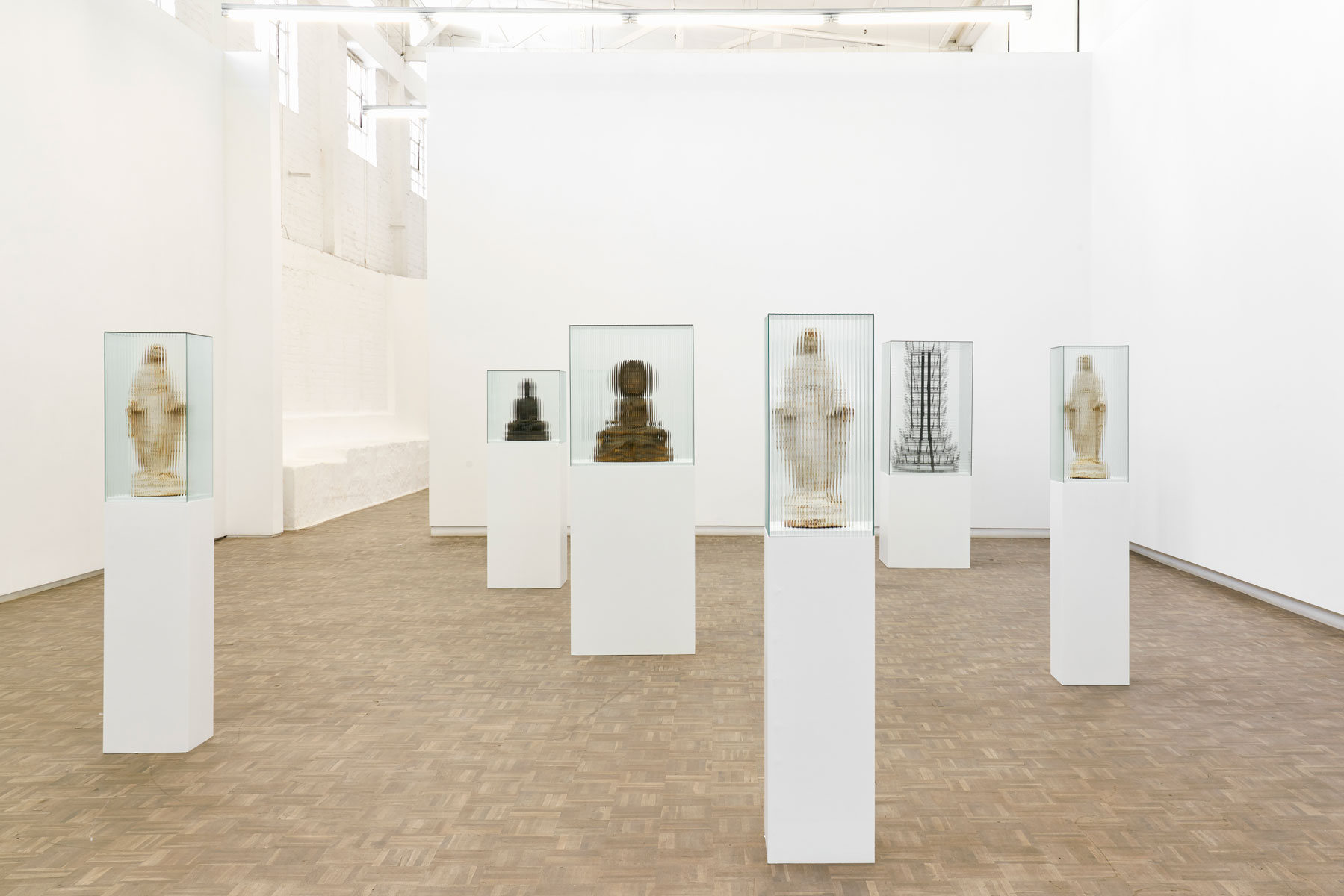

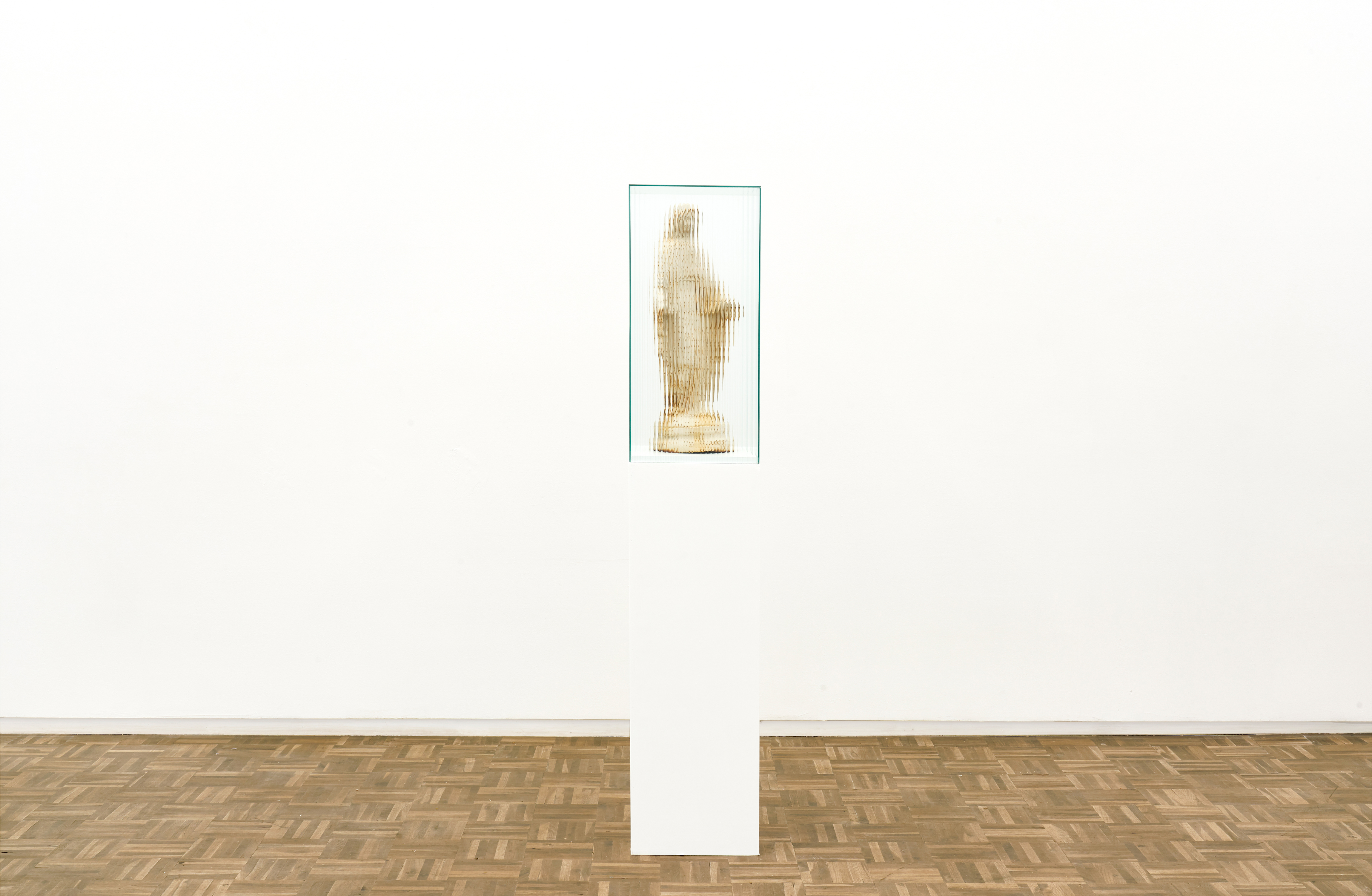

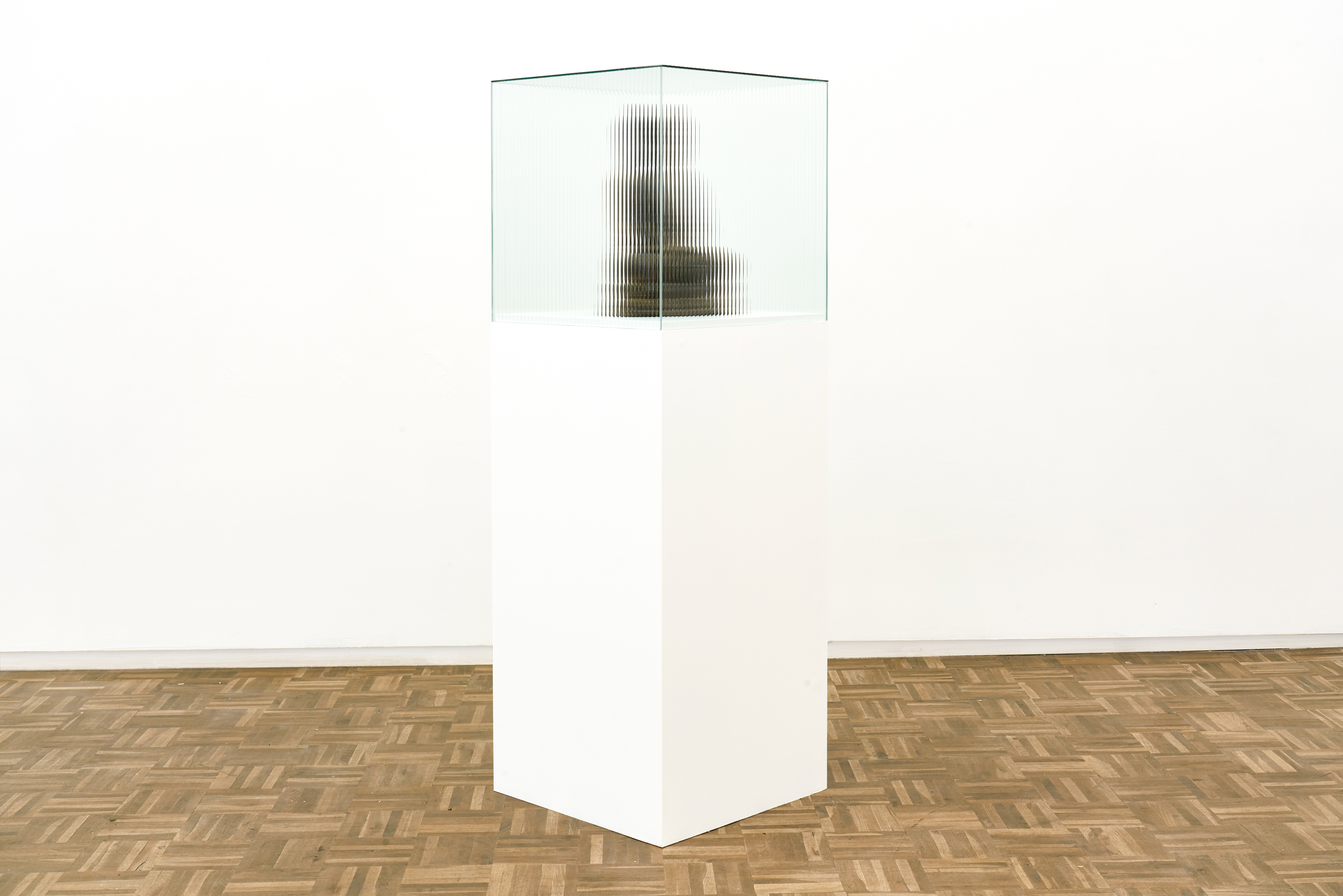

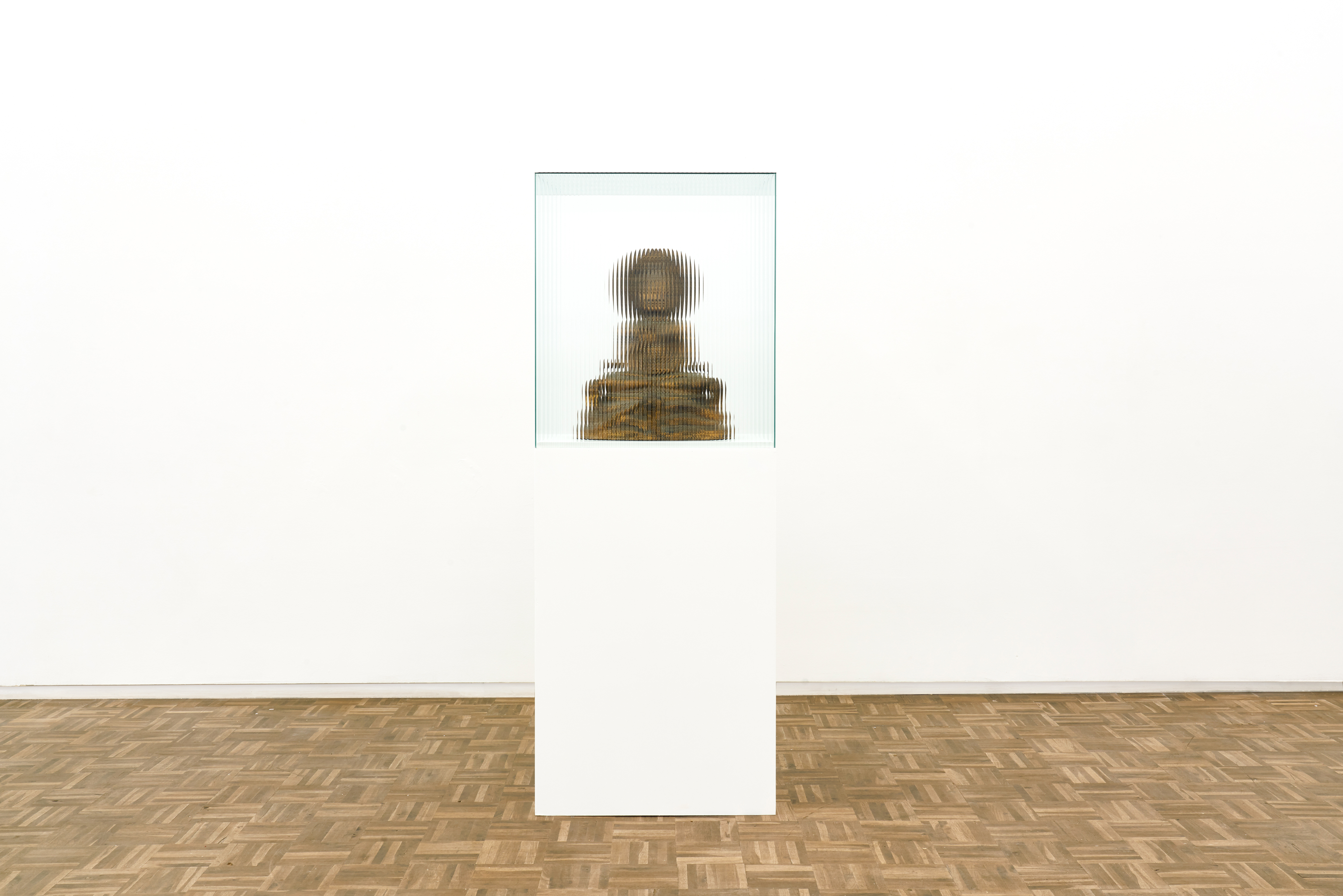
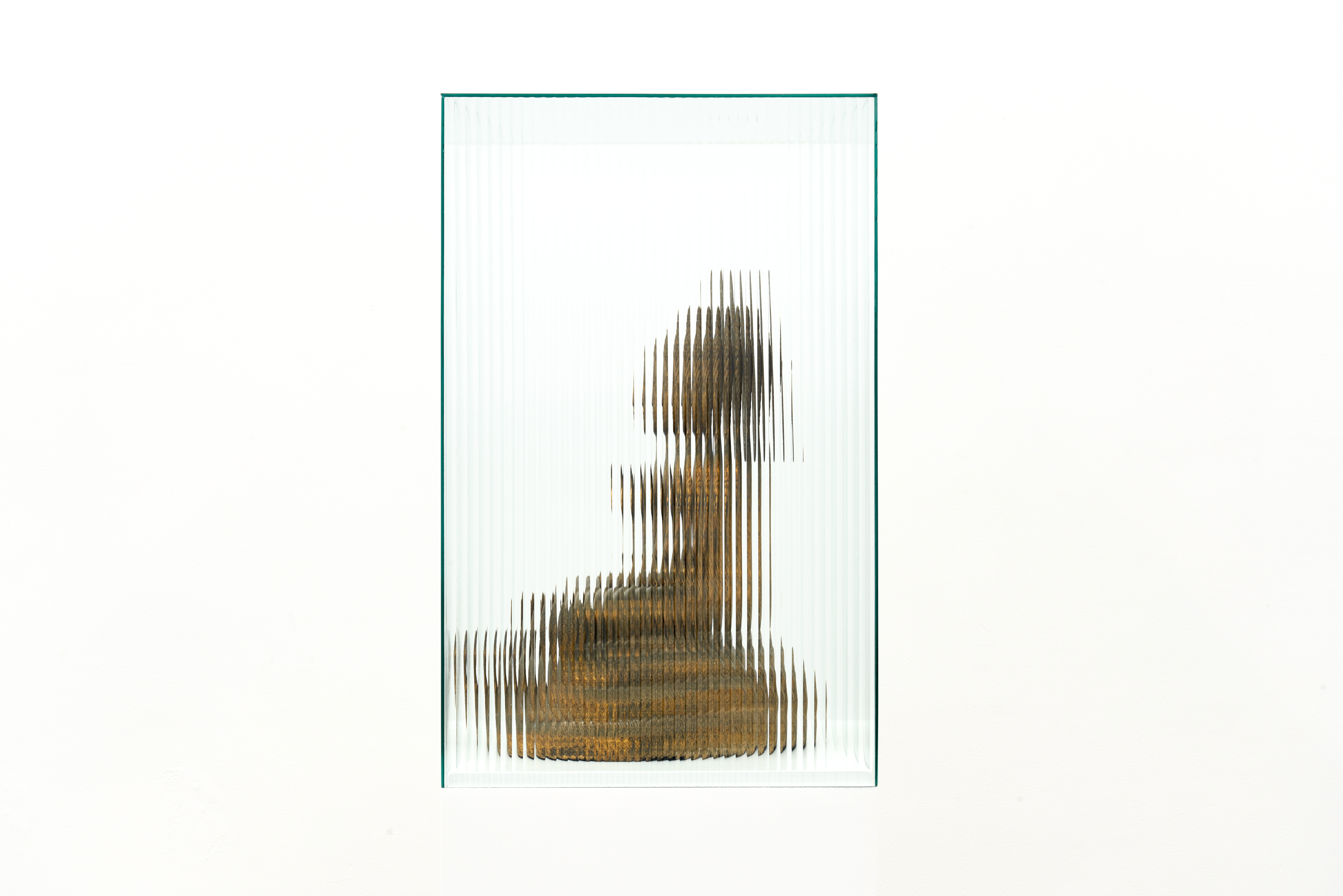



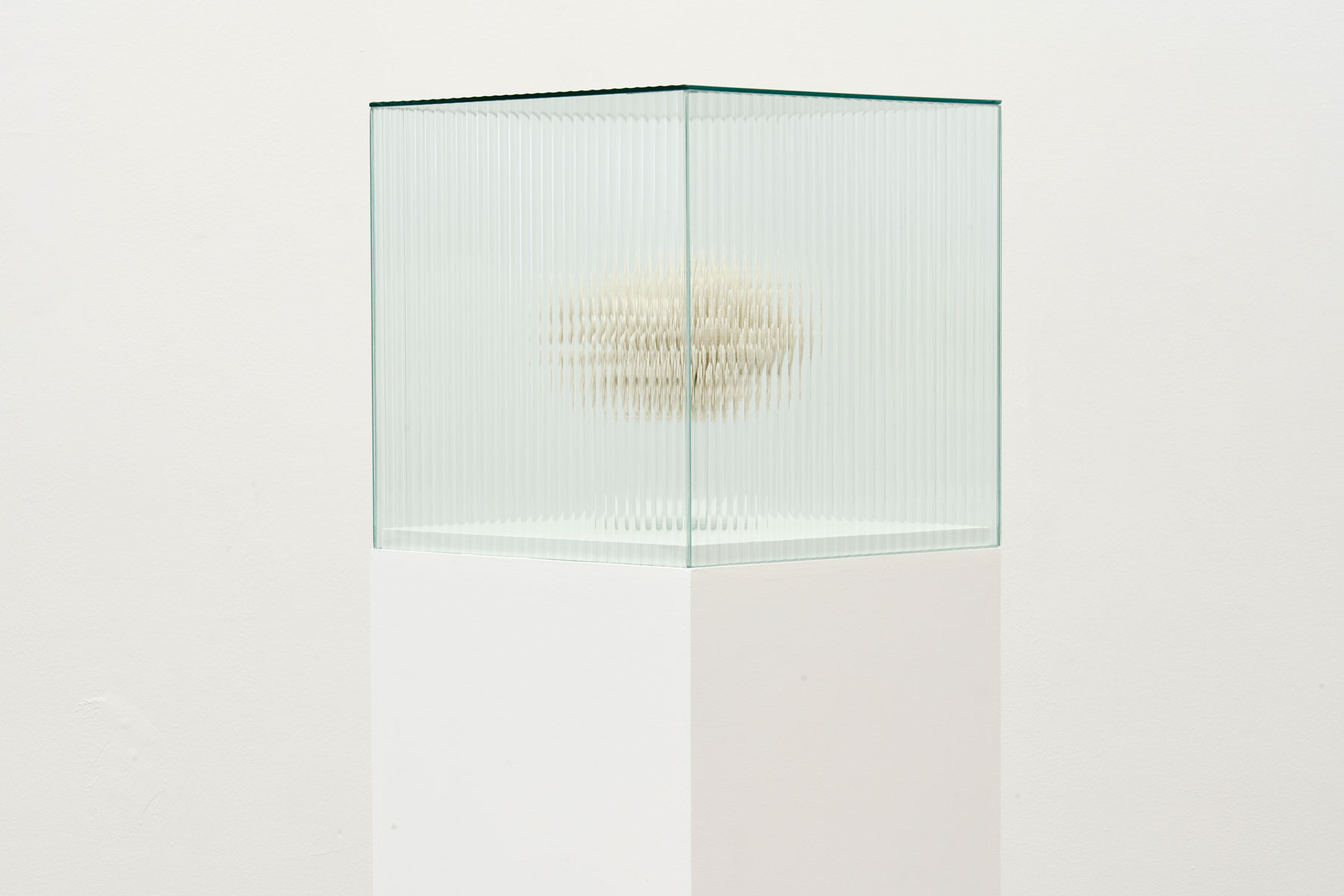







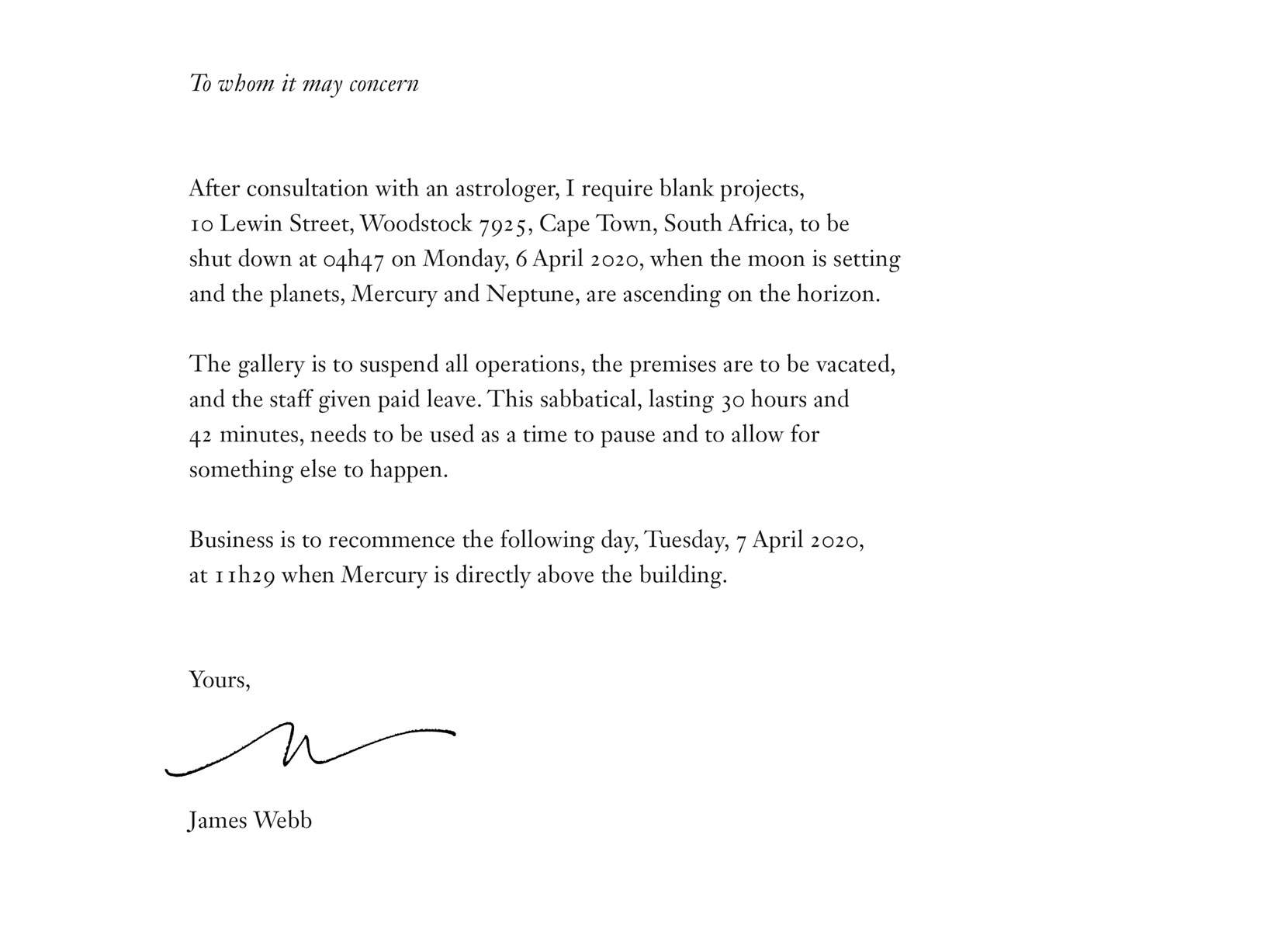
blank is pleased to present What Fresh Hell is This, a solo show by James Webb.
The exhibition, Webb’s fifth with the gallery, gathers his recent conceptual, visual and sonic works in a constellation exploring the relationships between frustration, disruption and belief.
Departing from many points, the exhibition may seed its concerns in the story of the Nossa Senhora Dos Milagros – a Portuguese sailing vessel, which, on the 27th April 1686, was shipwrecked close to Struisbaai en route from Goa to Lisbon. Bound for the Portuguese court of King Dom Pedro II, the ship contained treasure in coins, artefacts and precious gems for various European courts. Amongst her passengers were three French Catholic priests sent to study the astronomy of South East Asia, as well as a group of Siamese Buddhist monks, travelling with an ambassador of King Narai the Great, the 27th monarch of the Ayutthaya Kingdom. Eight crew members drowned in the shipwreck, and the surviving guests and crew members made it ashore – starting a perilous and uncertain journey by foot to the VOC settlement in the Cape. This strange tale marks a bizarre injection into religious landscape of the early colonial Cape, including the first recorded arrival of Buddhism in South Africa.
What Fresh Hell Is This engages the Milagros as a case study, considering belief not only as a religious instrument, but also as a transitory historical, political and sociological technology used in the construction of societies and individuals. This exhibition questions what happens when these belief overlap, unfurl or fray.
Webb teases our customary modes of learning: known objects, methods and mythologies are placed under interrogation and moved into new environments, keenly awaiting what perspectives may be revealed. If asked, what may oil divulge about the Earth’s psyche? How do internal monologues interfere when externalised? Strange and unsteady links may be drawn in this new setting. The politics of the extractive industries are echoed between the treasure sunk off the South African coast, and the crude oil pulled from deep below the Niger Delta. A handless clock becomes a spiritual symbol, while an astrological chart functions as a timepiece. Webb’s approach suggests fluidity, transitory configuration and multiplicity. History becomes a palimpsest upon which new inquiries and provocations are superimposed on older narratives.
If belief functions as a cognitive bias that encourages reliance on familiar tools of meaning making, then Webb throws this familiarity into disarray. Here, a new, fresh hell is polyphyletic, uncertain and curious; questioning its own proclamations, interrupting its own statements, and anticipating the arrival of new perceptions.

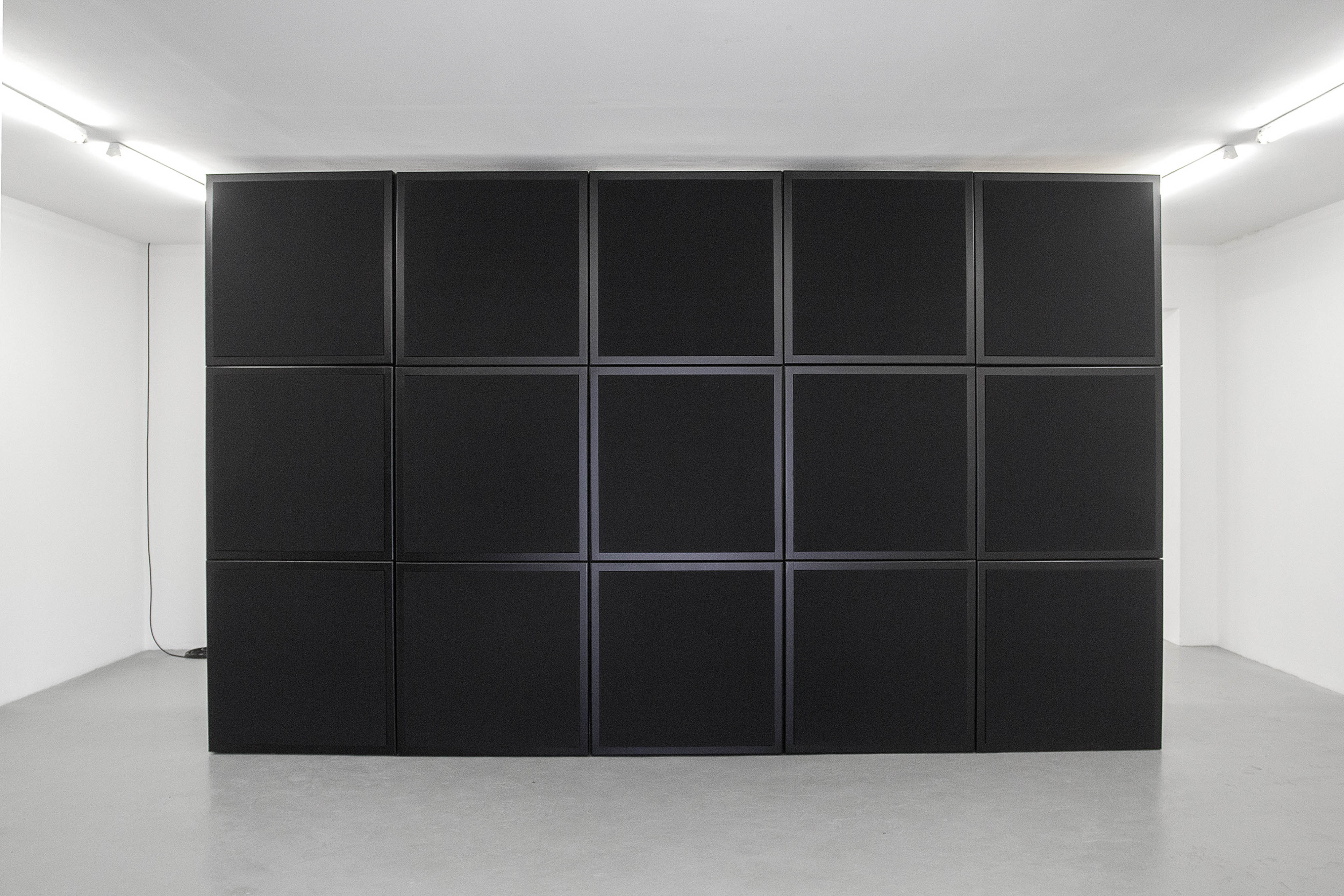

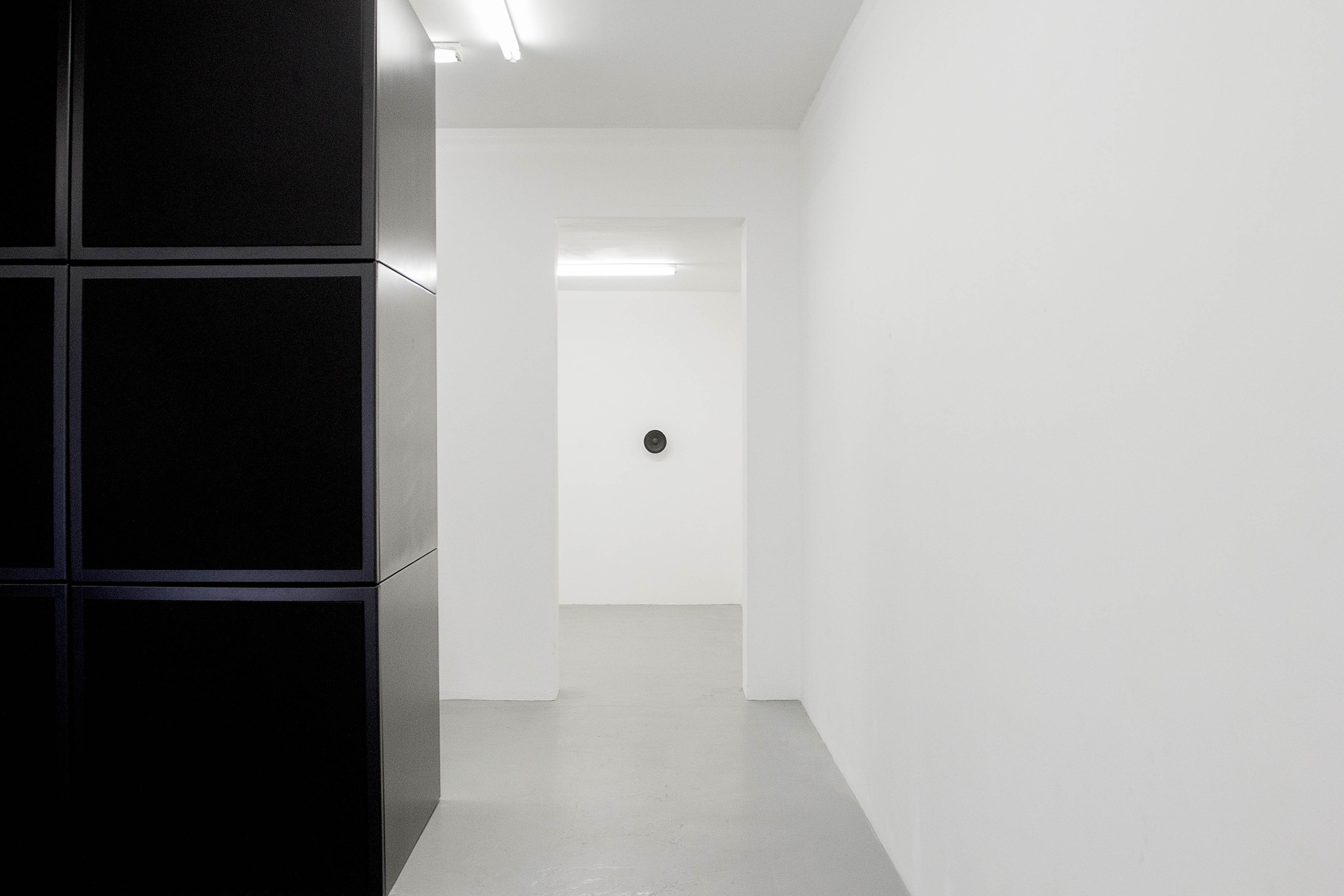
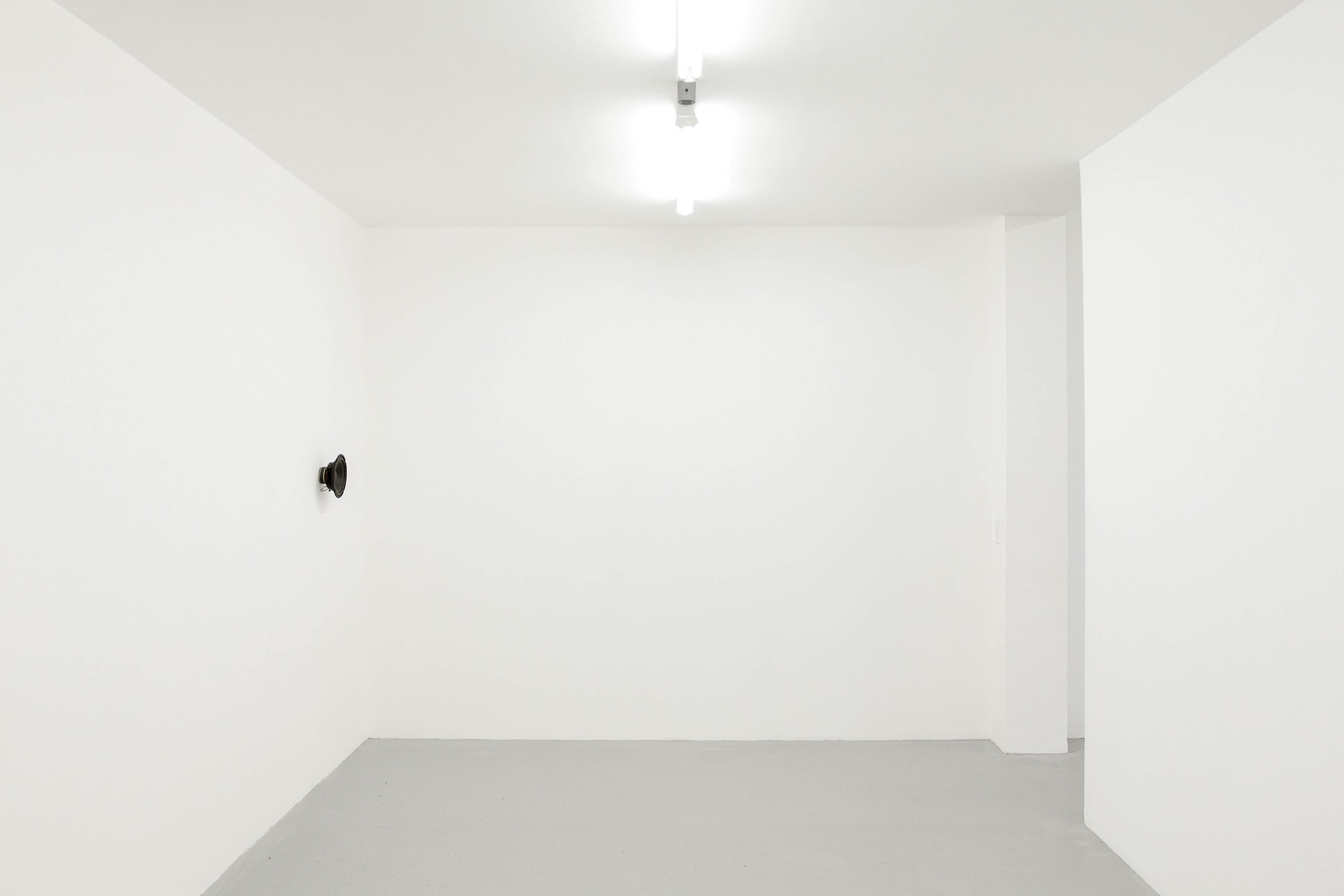
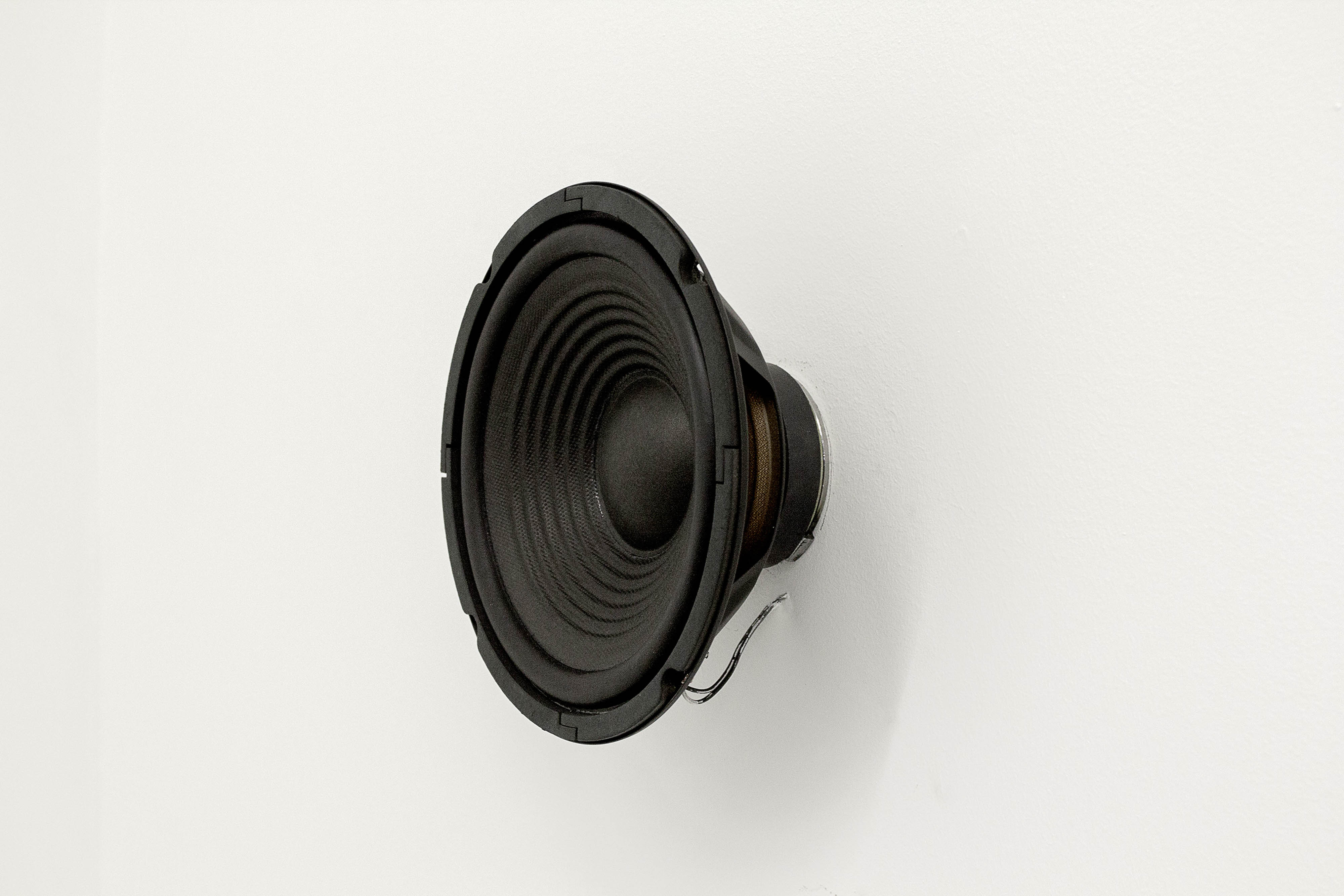
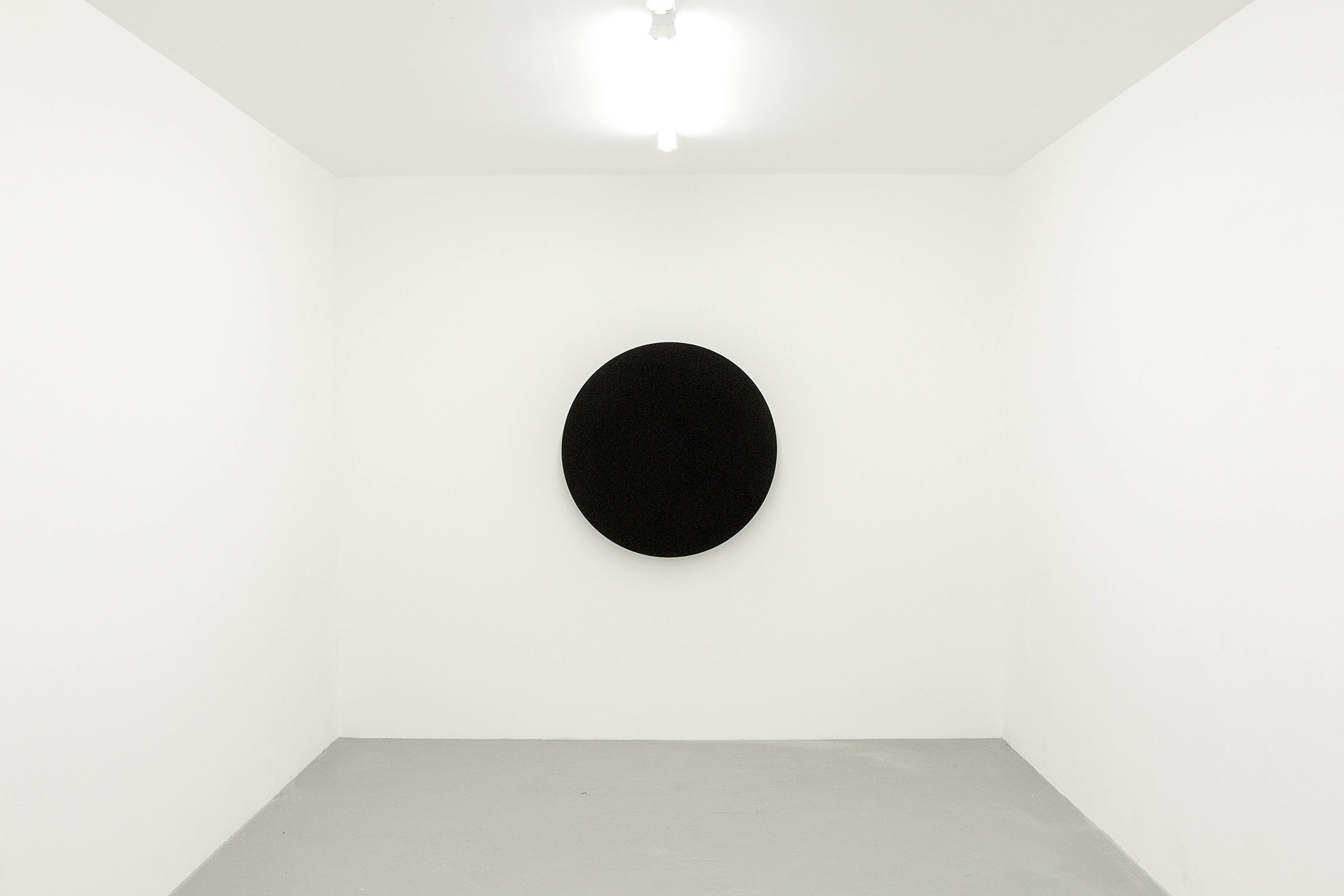


Ecstatic Interference, James Webb’s latest solo exhibition at blank projects conjures a syzygy of unspoken inter-relational dynamics, somatic energy, and psychological undercurrents. The exhibition will feature 3 new sound installations: a multi-channel, monolithic speaker stack, a stereo array, and a single-channel Holosonic audio beam. The show is composed together to create a dynamic body of aural and minimalist, monochrome physical forms.
Three new sound installations are presented in this exhibition: Untitled (with the sound of its own making), a solar-powered, multi-channel loudspeaker system broadcasting recordings of hands beating on doors; All that is unknown, featuring audio recordings of two hearts beating, installed in two speakers separated by the length of a room; and Threnody, where the isolated vocal track of Helter Skelter (The Beatles, 1968) was reversed and given to the vocalist Zami Mdingi to sing as such, and broadcast from a circular, hyper-directional speaker visually echoing Kazimir Malevich’s Black Circle (1915).
The exhibition title, Ecstatic Interference, a double reading on the term for radio noise (static interference), is here reimagined as a form of transcendental intervention and joyous interruption. Visually, the works are monochromatic circular and square speaker boxes: minimalist shapes in a white cube. Aurally, the exhibition has been staged around the dynamics of rhythm and transmission, as well as the subliminal image of a body through the aural presence of the hand, heart and mouth.
Writing on Webb’s practice, the artist and theorist Brandon LaBelle, says, “the works of James Webb circulate around a complex mixture of emotional and affective states; of longing and despair, of the ecstatic and of hopefulness, states of bodies and minds that move throughout his practice to raise questions of individuality and community, belonging and displacement, fragmentation and recuperation. Webb consistently and methodically captures a multitude of figures and forms – bodies, and especially voices of contemporary existence at their most tenuous. Yet what he reveals, through acts of recording and of transmitting, is how such tenuousness is often so profound.” (LaBelle, 2015)1
In Untitled (with the sound of its own making), Webb worked with various drummers who used their hands to activate doors as a sonic material, conceptually evoking images of access, escape, and agency. The audio is housed in a monolithic loudspeaker stack made up of 15 black cubes, and is solar-powered, allowing the artwork to be independent from the municipal grid, and run constantly. The title alludes to Robert Morris’s seminal Box with the Sound of its own Making (1961), and is here reconsidered as an undefined state with the sound of its own becoming. Participating drummers include Adrian Langeveld (The Summer Underground), Barry van Zyl (Johnny Clegg band), Bronwen Clacherty (Tholakele Project), Caitlin Mkhasibe (Morning Pages), Jason Jardim (Wildernessking), Ross Campbell (Benguela, Urban Creep), Thokozani Mhlambi, and William Mosima (Sonic Mmabolela). The speaker box was designed and constructed by Brett Netherton, and the solar power was generously sponsored by PVI Solar.
In All that is unknown, a stereo array of speakers pulse with recordings of two human heartbeats; one per speaker. The naked speaker cones are placed apart, facing each other through a doorway, with a distance of 10m between them. Referencing signs of life, the pair pulse incessantly at the threshold of audibility within the cacophony of the accompanying works on the exhibition, their rhythms phasing in and out with each other like a hushed call and response, only accessible to the audience by touching the speakers to register the vibrations therein.
In Threnody, Paul McCartney’s vocal take for the proto-heavy metal song, Helter Skelter (The Beatles, 1968) was isolated and then reversed so as to create a backwards speech adrift from its musical accompaniment. This sonic artefact was scrutinised and used as the guide track for the vocalist Zami Mdingi to sing. Webb worked with Mdingi, and ethnomusicologist, Cara Stacey, to transcribe the inverted phonetics, melodies and lyrics – occasionally reimagining the new words in an isiXhosa framework for Mdingi to best articulate. The result revealed itself as a glossolalic lamentation, quite different from the tumultuous confusion suggested in the original song and its associations to Charles Manson. The artwork is broadcast from a hyper-directional speaker visually echoing Kazimir Malevich’s Black Circle (1915), and projecting the sound out like a beam into the space.
1LaBelle, B. 2015. The Precarious Body, Xenagogue, Hordaland Kunstsenter, Norway.
—
Click to listen to extracts of the audio on SoundCloud (headphones recommended):
Untitled (with the sound of its own making)
All that is unknown
Threnody
Three new sound installations are presented in this exhibition: Untitled (with the sound of its own making), a solar-powered, multi-channel loudspeaker system broadcasting recordings of hands beating on doors; All that is unknown, featuring audio recordings of two hearts beating, installed in two speakers separated by the length of a room; and Threnody, where the isolated vocal track of Helter Skelter (The Beatles, 1968) was reversed and given to the vocalist Zami Mdingi to sing as such, and broadcast from a circular, hyper-directional speaker visually echoing Kazimir Malevich’s Black Circle (1915).
The exhibition title, Ecstatic Interference, a double reading on the term for radio noise (static interference), is here reimagined as a form of transcendental intervention and joyous interruption. Visually, the works are monochromatic circular and square speaker boxes: minimalist shapes in a white cube. Aurally, the exhibition has been staged around the dynamics of rhythm and transmission, as well as the subliminal image of a body through the aural presence of the hand, heart and mouth.
Writing on Webb’s practice, the artist and theorist Brandon LaBelle, says, “the works of James Webb circulate around a complex mixture of emotional and affective states; of longing and despair, of the ecstatic and of hopefulness, states of bodies and minds that move throughout his practice to raise questions of individuality and community, belonging and displacement, fragmentation and recuperation. Webb consistently and methodically captures a multitude of figures and forms – bodies, and especially voices of contemporary existence at their most tenuous. Yet what he reveals, through acts of recording and of transmitting, is how such tenuousness is often so profound.” (LaBelle, 2015)1
In Untitled (with the sound of its own making), Webb worked with various drummers who used their hands to activate doors as a sonic material, conceptually evoking images of access, escape, and agency. The audio is housed in a monolithic loudspeaker stack made up of 15 black cubes, and is solar-powered, allowing the artwork to be independent from the municipal grid, and run constantly. The title alludes to Robert Morris’s seminal Box with the Sound of its own Making (1961), and is here reconsidered as an undefined state with the sound of its own becoming. Participating drummers include Adrian Langeveld (The Summer Underground), Barry van Zyl (Johnny Clegg band), Bronwen Clacherty (Tholakele Project), Caitlin Mkhasibe (Morning Pages), Jason Jardim (Wildernessking), Ross Campbell (Benguela, Urban Creep), Thokozani Mhlambi, and William Mosima (Sonic Mmabolela). The speaker box was designed and constructed by Brett Netherton, and the solar power was generously sponsored by PVI Solar.
In All that is unknown, a stereo array of speakers pulse with recordings of two human heartbeats; one per speaker. The naked speaker cones are placed apart, facing each other through a doorway, with a distance of 10m between them. Referencing signs of life, the pair pulse incessantly at the threshold of audibility within the cacophony of the accompanying works on the exhibition, their rhythms phasing in and out with each other like a hushed call and response, only accessible to the audience by touching the speakers to register the vibrations therein.
In Threnody, Paul McCartney’s vocal take for the proto-heavy metal song, Helter Skelter (The Beatles, 1968) was isolated and then reversed so as to create a backwards speech adrift from its musical accompaniment. This sonic artefact was scrutinised and used as the guide track for the vocalist Zami Mdingi to sing. Webb worked with Mdingi, and ethnomusicologist, Cara Stacey, to transcribe the inverted phonetics, melodies and lyrics – occasionally reimagining the new words in an isiXhosa framework for Mdingi to best articulate. The result revealed itself as a glossolalic lamentation, quite different from the tumultuous confusion suggested in the original song and its associations to Charles Manson. The artwork is broadcast from a hyper-directional speaker visually echoing Kazimir Malevich’s Black Circle (1915), and projecting the sound out like a beam into the space.
1LaBelle, B. 2015. The Precarious Body, Xenagogue, Hordaland Kunstsenter, Norway.
—
Click to listen to extracts of the audio on SoundCloud (headphones recommended):
Untitled (with the sound of its own making)
All that is unknown
Threnody

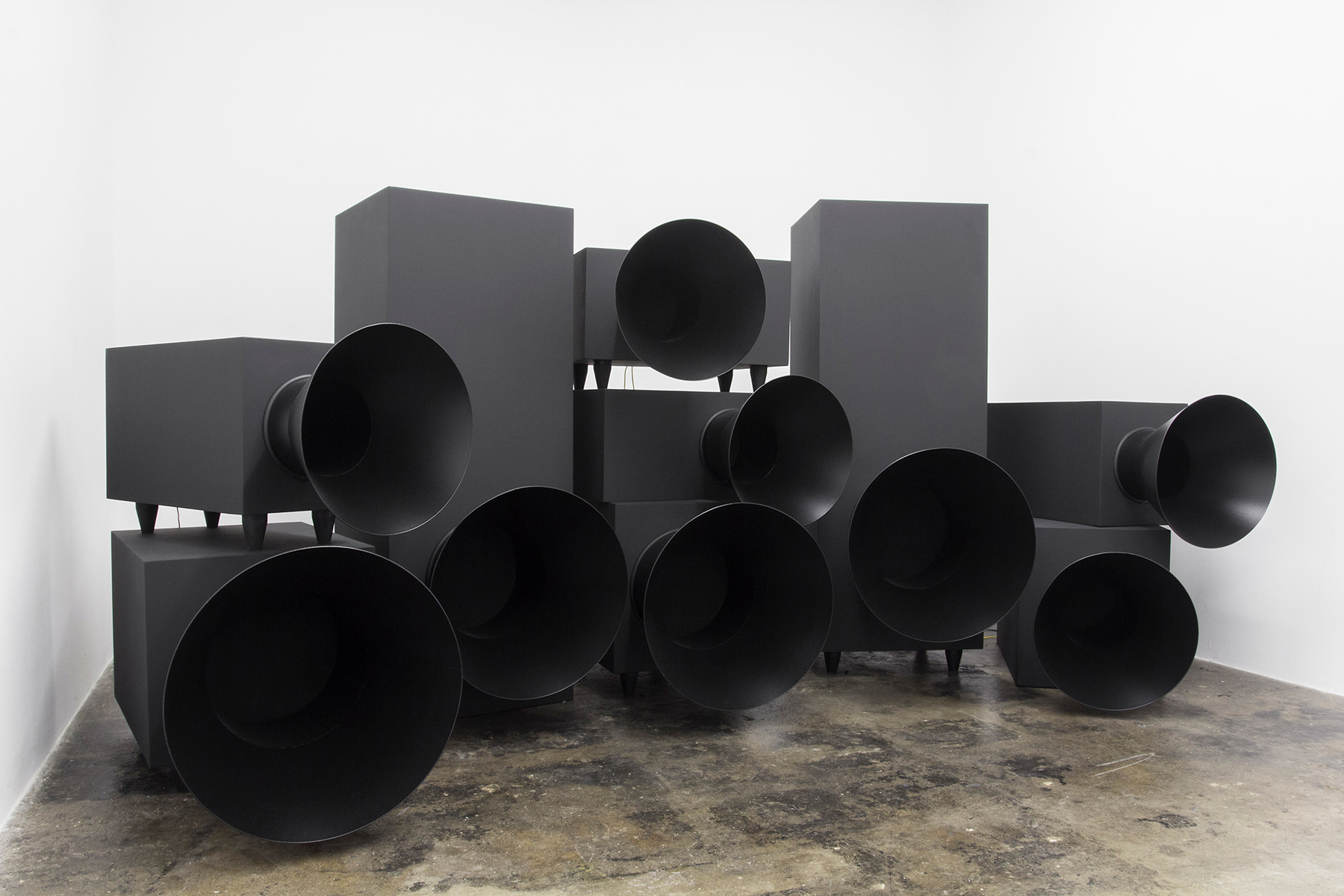

The Two Insomnias, James Webb’s latest solo exhibition of new work, invokes themes of addiction, revolution and romance. Webb will show three works; Untitled (Al Madat), a recording of a Sufi dhikr by patients at the Sultan Bahu Rehab Centre in Mitchell’s Plain; Children of the Revolution, Webb’s re-working of the T.Rex glam rock anthem of the same name into an isiXhosa protest song, which was commissioned for the 2013 Venice Biennale; and There Is A Light That Never Goes Out, a Chinese neon text piece. As is typical of Webb’s practice, these works sample, reframe and repurpose language and cultural capital, often concealing the ‘spirit’ of one culture inside the body of another. The Two Insomnias, which takes its title from the poet Rumi, seeks to untangle the relationships between nationalism, the individual, and the headiness of belonging.
In Children of the Revolution, the meaning and power of the original lyrics are transformed and amplified by the legacy of political protest, revolution and trauma in South Africa. Through the voices of a different time and place, and a rearranged score by composer and choir leader Bongani Magatyana, the T.Rex song is counter-colonised, plucked from its sparkling Glam Rock origins and used as a rallying cry into the past, present and future of this country. The piece is broadcast from 9 custom-made speaker cabinets visually echoing the Intonarumori noise generating machines of the Italian Futurist Luigi Russolo. Russolo designed the Intonarumori as an instrument that would reflect the aural progress of a new era. In “The Art of Noise” manifesto, he wrote about sound in the context of the Industrial Revolution, and the emergent ‘noise aesthetics’ of the time. This document was published in the same year the 1913 Land Act was passed in South Africa, and the artwork allows the early Modernist radical politics of change and revolution to speak to the socio-political unrest of South Africa then and now.
The recorded chants of recovering drug addicts from the Sultan Bahu Rehab Centre in Untitled (Al Madat) provide a different perspective on the idea of the chorus. Their voices are joined in a shared experience of sublimation and community healing, as they use the dhikr to move through a space of intoxication into one of transcendence. Dhikr (literally, “remembrance”) is a traditional Islamic recitation, where the names of God are chanted with special breathing techniques, often with trance-like effects, brought to the Cape by the Malay Slaves from the 1600s. This ritual is used by the Rehabilitation Centre as an augmentation to the curative process. “Al Madat,” the specific dhikr used for this installation, translates as “help,” and is here used to implore the Prophet for assistance. This work draws on the history of Malay slaves in the Cape, and the modern day struggle with drug abuse, illness and gang violence in the Cape Flats and Mitchell’s Plain.
Alternating between local and globalized forms of community and nationhood, There is a Light That Never Goes Out brings to bear the figure of China as a looming industrial giant, as well as expressing a lived experience of Chinese influence in terms of its role in the economy and imagination of the West. This work plays out a dual sense of Romance and Fear associated with Chinese cultural and commercial expansion, while continuing to develop the ideas of nationalism, translation, and ‘pop’ sampling found elsewhere on the show.